Michael Thornton first travelled with me in South Luangwa in 2019, then again in Kafue NP in 2022 and most recently he joined a trip to Botswana with me in December last year. He’s a very interesting, enthusiastic and knowledgable guy with so much to offer on many subjects. He’s also a consistently kind and considerate member of any group and is a pleasure to have on a trip.
Michael is dedicated to his photography and knows what he wants to create. He likes to put together a portfolio of true-to-life mammal behaviour images as well as more artistic images which capture the sense of a species, especially those that are perhaps less immediately understood. I look forward to future travels with Michael, and I really enjoyed sharing his enjoyment of this trip especially, as it links back a long way in his studies of anthropology, as he explains below.
Thank you Michael for writing up the trip and sharing some of your images. It’s a superb portfolio and I enjoyed reviewing them very much!
At the end of November 2024, I joined Edward Selfe and three wonderful Australian photographers for a two-week safari into Botswana’s Central Kalahari Game Reserve (CKGR) and the Okavango Delta.
Our group stayed in four bush camps. We began at Tau Pan in the CKGR and then moved progressively further into the Delta with multi-night stays at Lebala, Mma Dinare, and Splash Camps. At the end of Edward’s safari (and with the always-excellent help of Emma Seaman at People and Places Travel), I spent a further four nights on my own at Kalahari Camp, near Botswana’s famous Makgadikgadi salt pans in the north-eastern Kalahari.
We had hoped our trip would coincide with the rainy season underway. But southern Africa’s ongoing drought still holds firm, and the rains had made only a false start, weeks before our arrival. Although storms did sometimes fall on the horizon, we had none during our time together. Temperatures were quite hot, day and night. Constant hydration was the order of the day. (It reminded me of my years living in Death Valley.) Even so, our trip was fantastic, and we did have some afternoons with wonderful storm light on the horizon.
Additionally, we arrived when there were many newborn and very young babies – elephants, zebra, wildebeest, tsessebe, giraffe, jackals, lions, hippos, and many other species included.
Our group’s itinerary enabled us to explore the changing ecological conditions and wildlife concentrations as we moved from the desert further and further into the Okavango Delta. And we had incredible photographic opportunities every morning and afternoon of the trip. Yep: Every. Single. Time. we went out!
As well, for me personally, this safari offered a once-in-a-lifetime chance to visit the homelands of a San Bushman culture. I had studied and taught about the San throughout my career as an anthropologist, but I knew of them only through ethnographies. Meeting some of the Ju/’hoansi people, if only briefly, was a dream come true.
Kalahari Camp offered me other outstanding experiences as well. Extreme temperatures were the rule, daily reaching 45 C (114° F) in camp. With the season’s rains trying to break through the drought, we had a couple of major sandstorms that easily infiltrated our tents (and everything else). And, indeed, on my first day at the camp we did have one doozy of a rainstorm that lasted something close to an hour! Nearly everywhere, the water soaked deep into the sand overnight, and the desert began turning green in front of my eyes. For me, these were all incredible experiences that I’ll never forget.
And Kalahari Camp had one more outstanding gift for me: I had two photo sessions with a Meerkat clan – almost exclusively to myself! The guides told me that this was the very same clan (or mob) filmed by the BBC for the “Meerkat Dynasty” documentary, although there was only one original member of that cast still alive (the others being offspring and relatives). And the clan is now being filmed by BBC for a “Dynasty” follow-up documentary. So I’ve included a half-dozen photos of these wonderful little guys hard at work.
In all, my safari lasted three weeks. I shot many thousands of photos with my Canon R5 and 5D Mk IV cameras, Canon 500mm f/4 Mk I and Canon 100-400mm f/5.6 Mk II lenses. Since returning home I’ve culled and organized the photos, and I’ve selected just a very few representative images to share in this Guest Report. I hope you enjoy them.
CONCLUSION
I close this report with a note of gratitude to all of our fantastic Botswanan guides, trackers, and camp staff for making this safari such an incredible experience. And I write a special note of thanks to Edward Selfe, Emma Seaman, and my three travelling companions. My thanks to all, and I hope we may meet again.

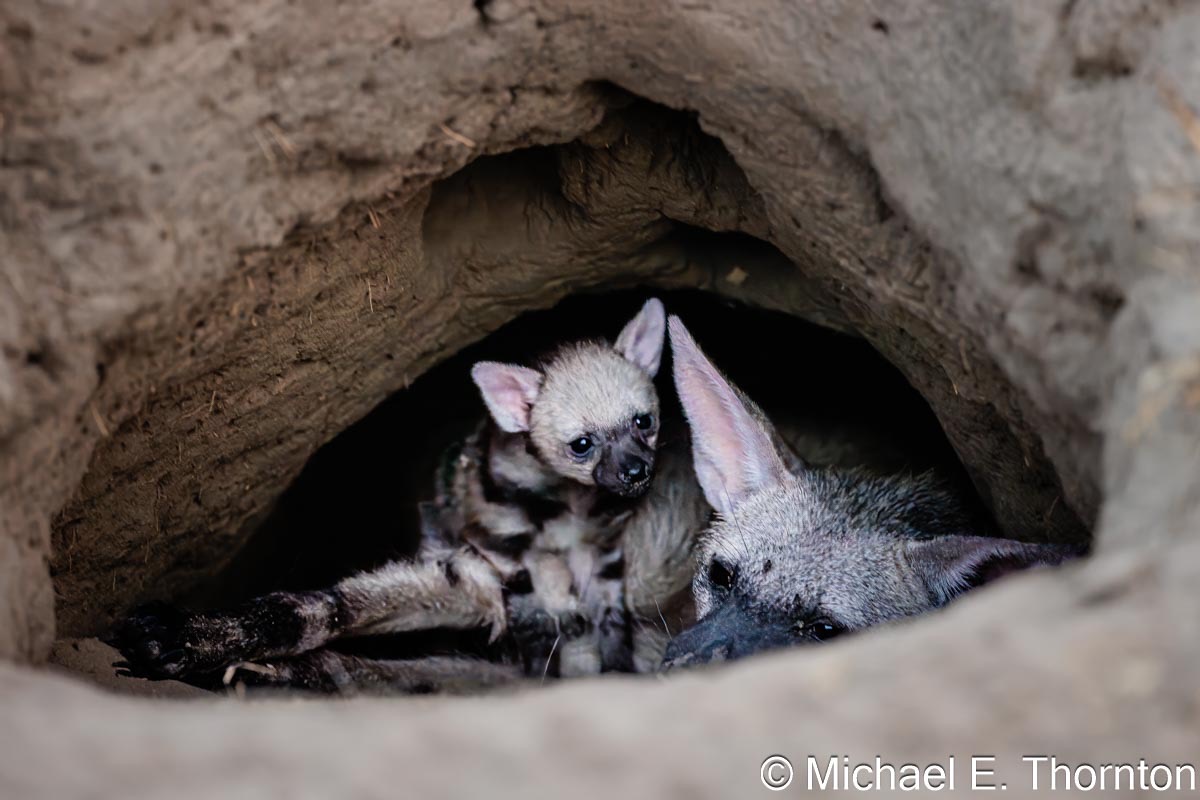
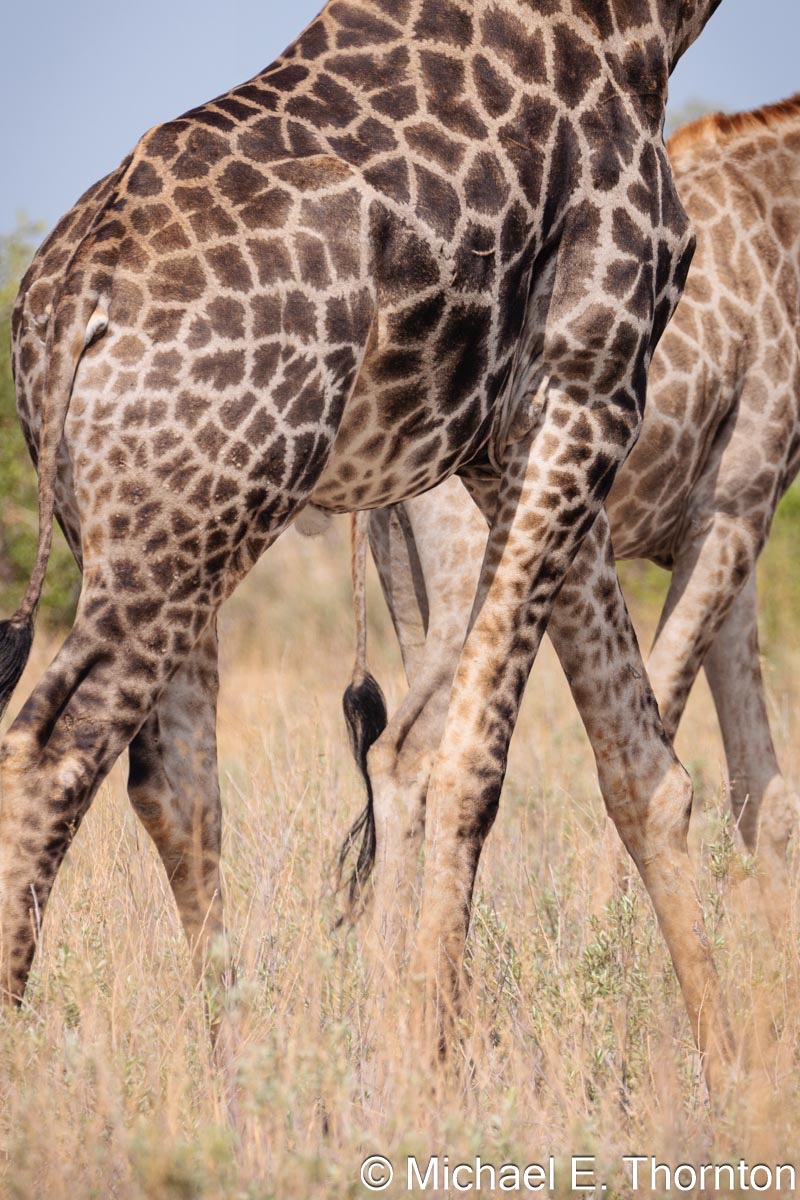
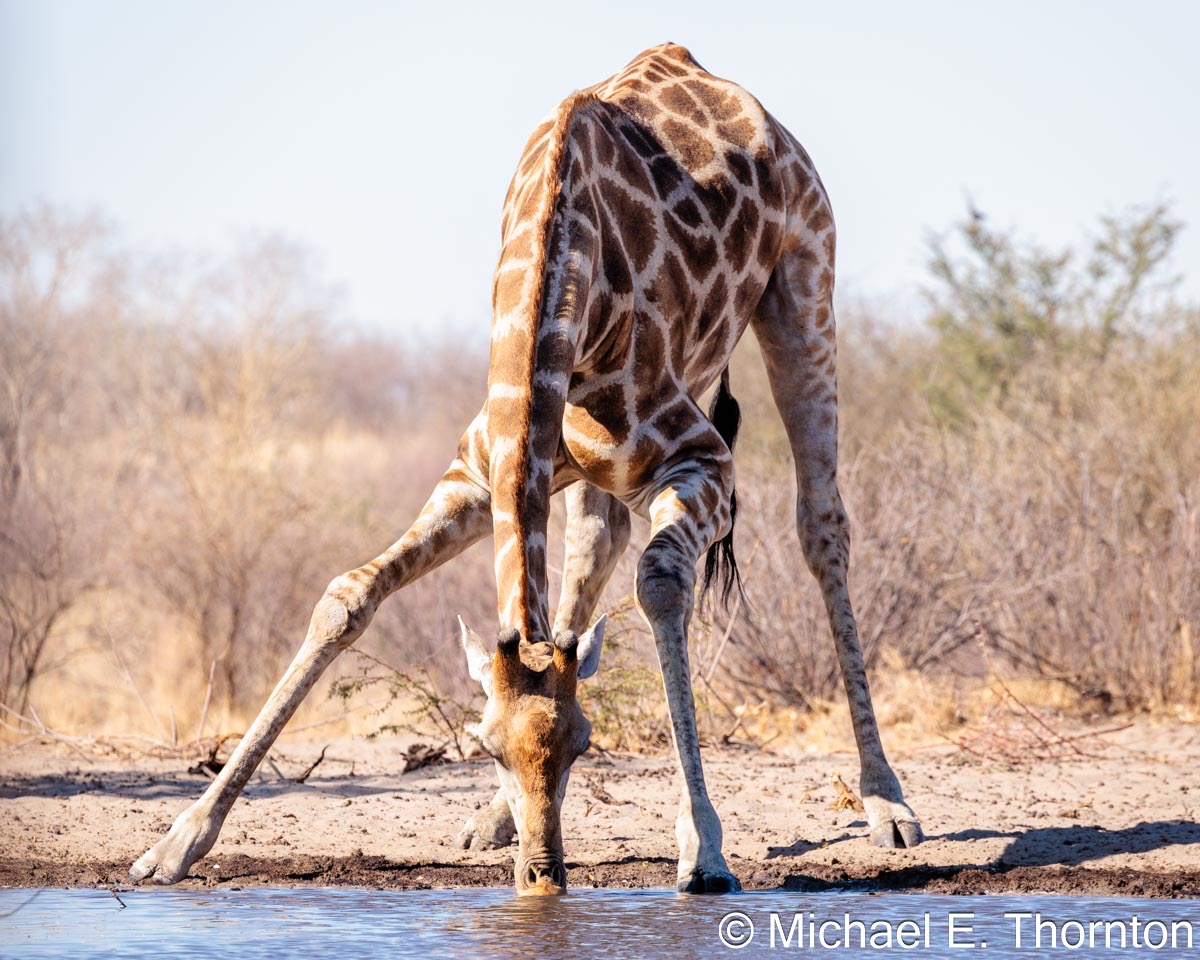
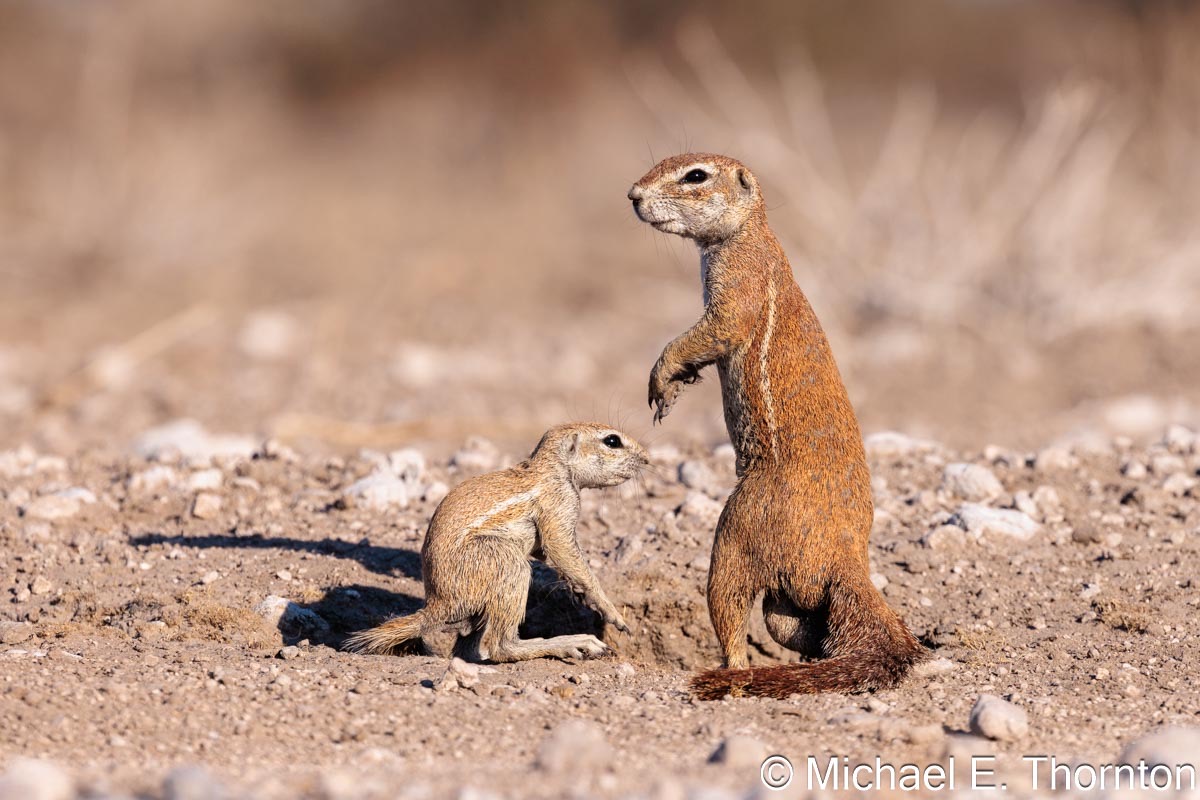
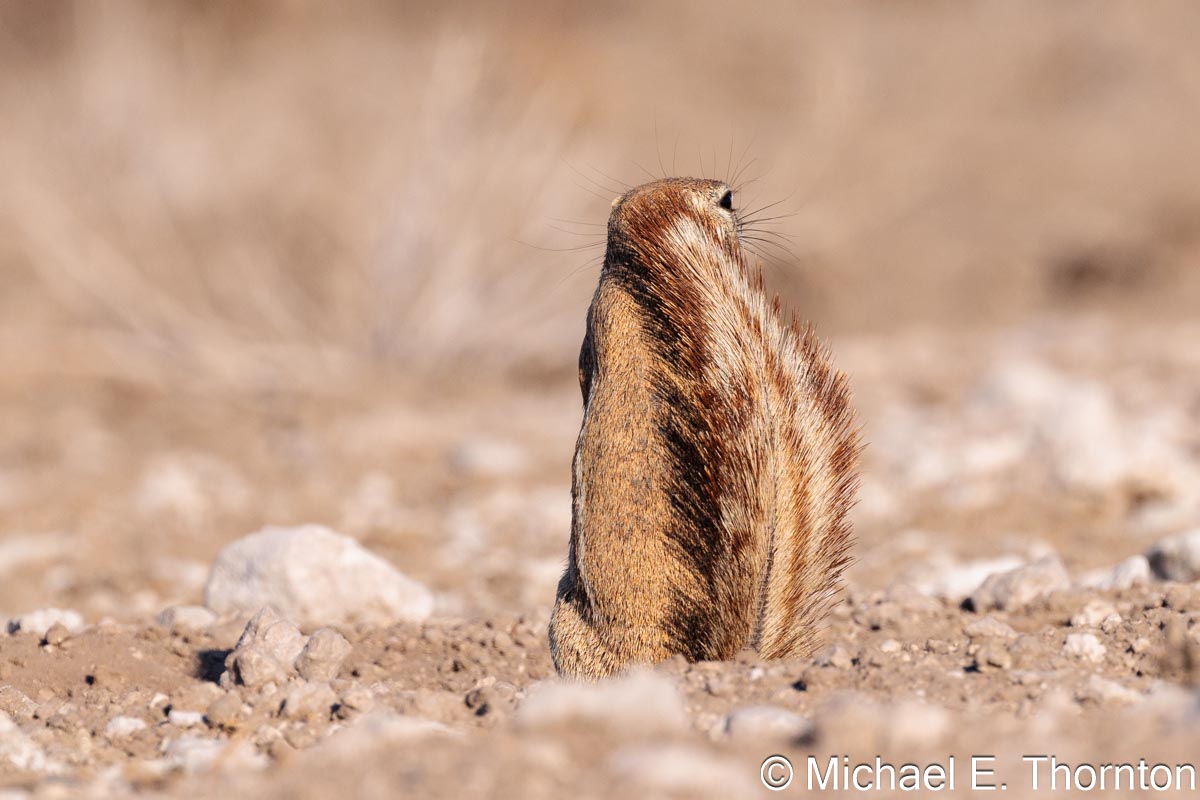
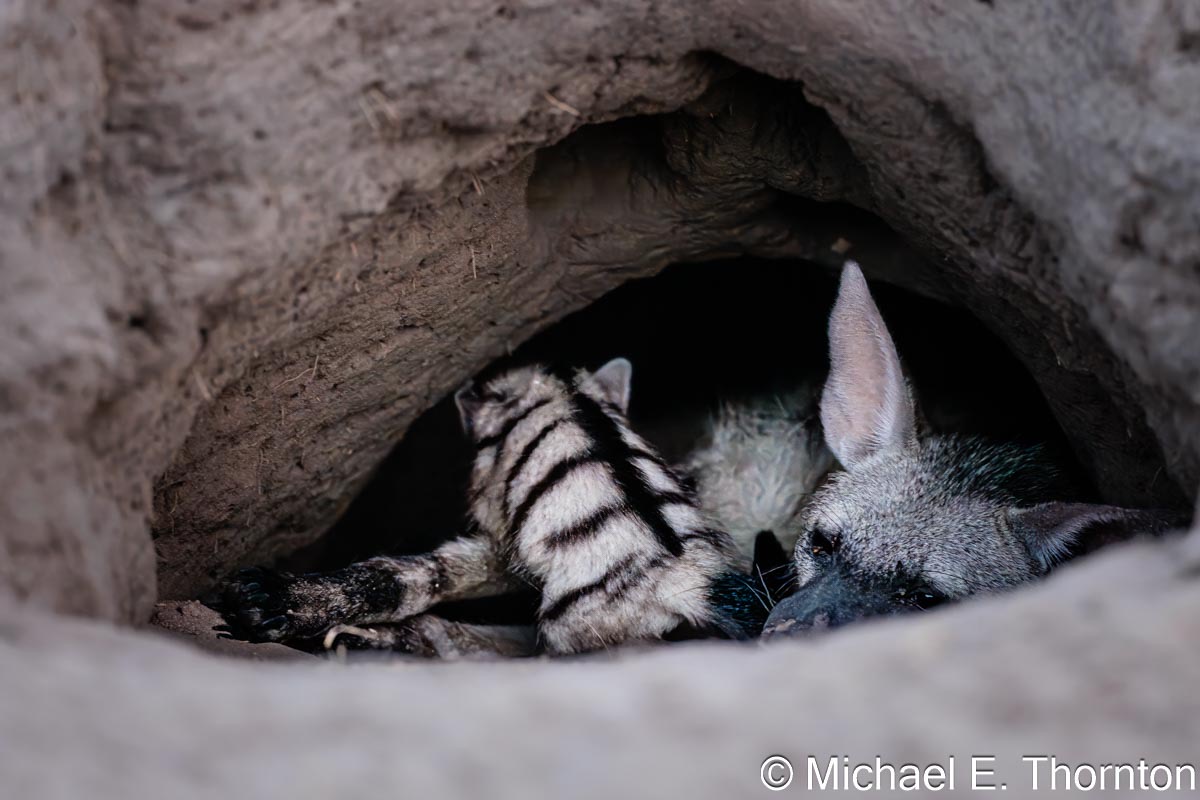
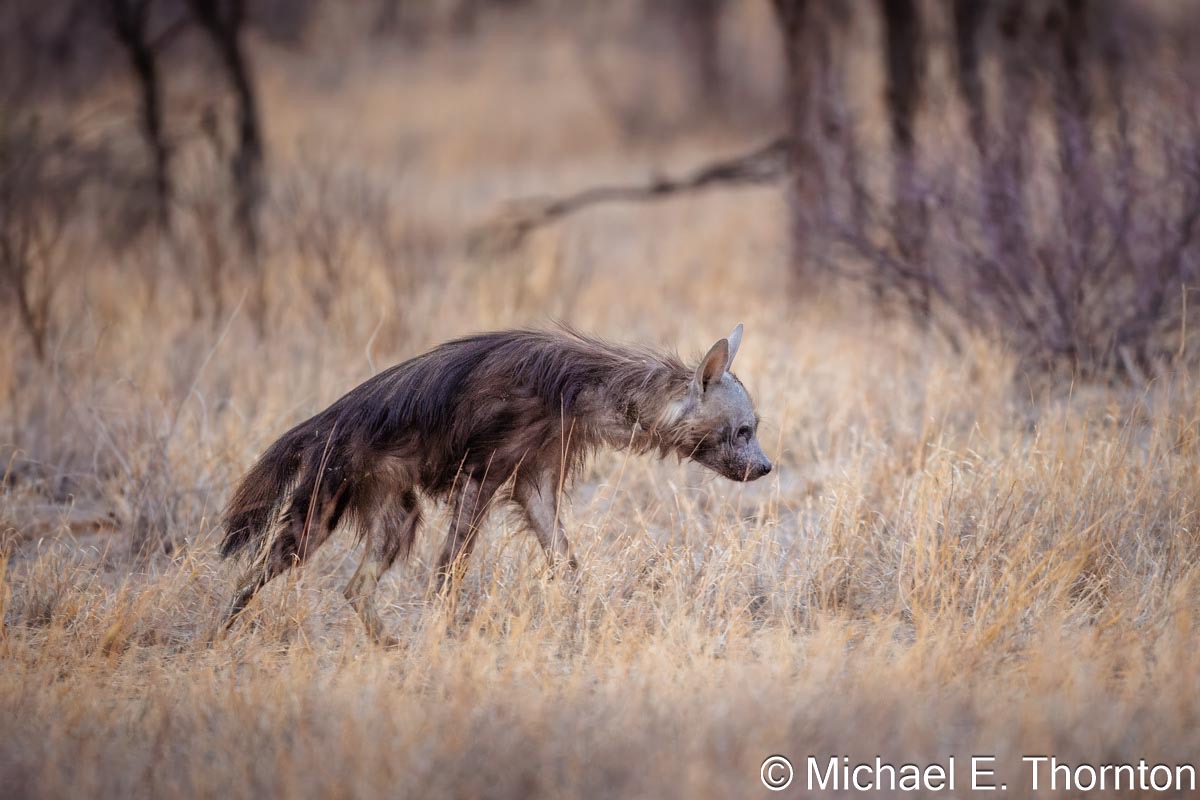
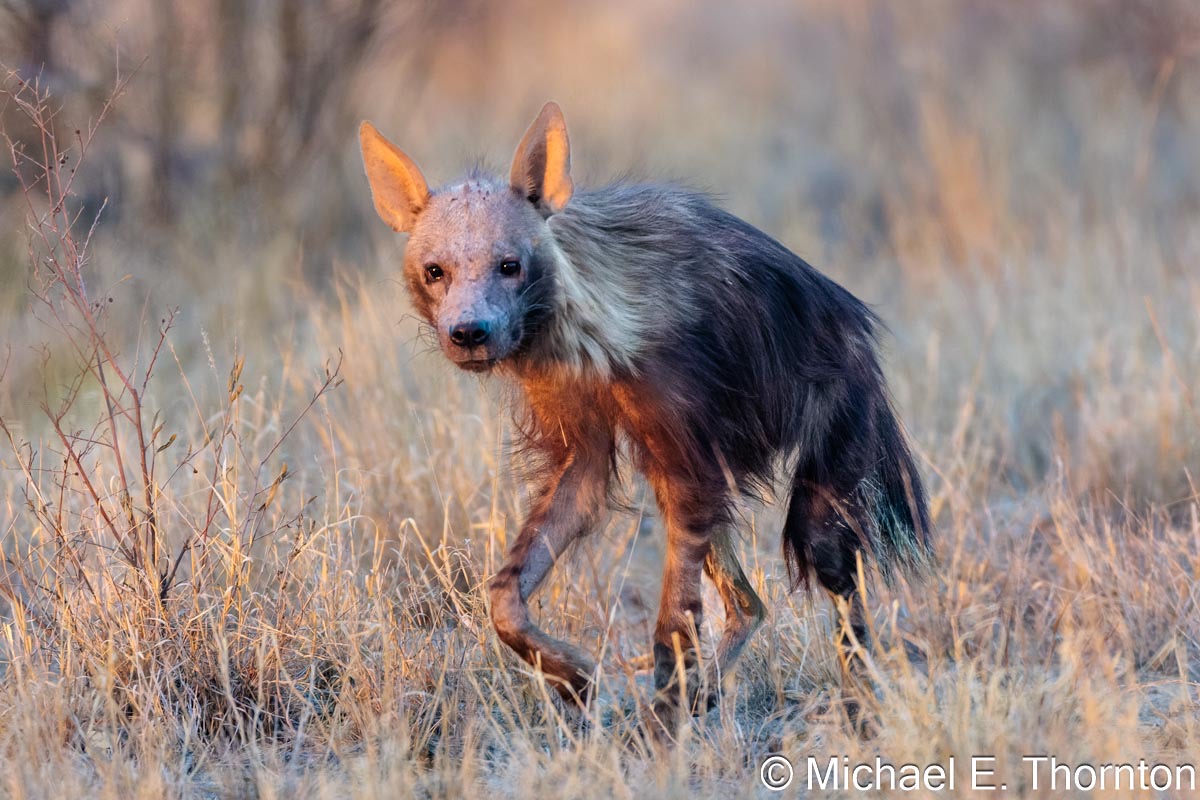
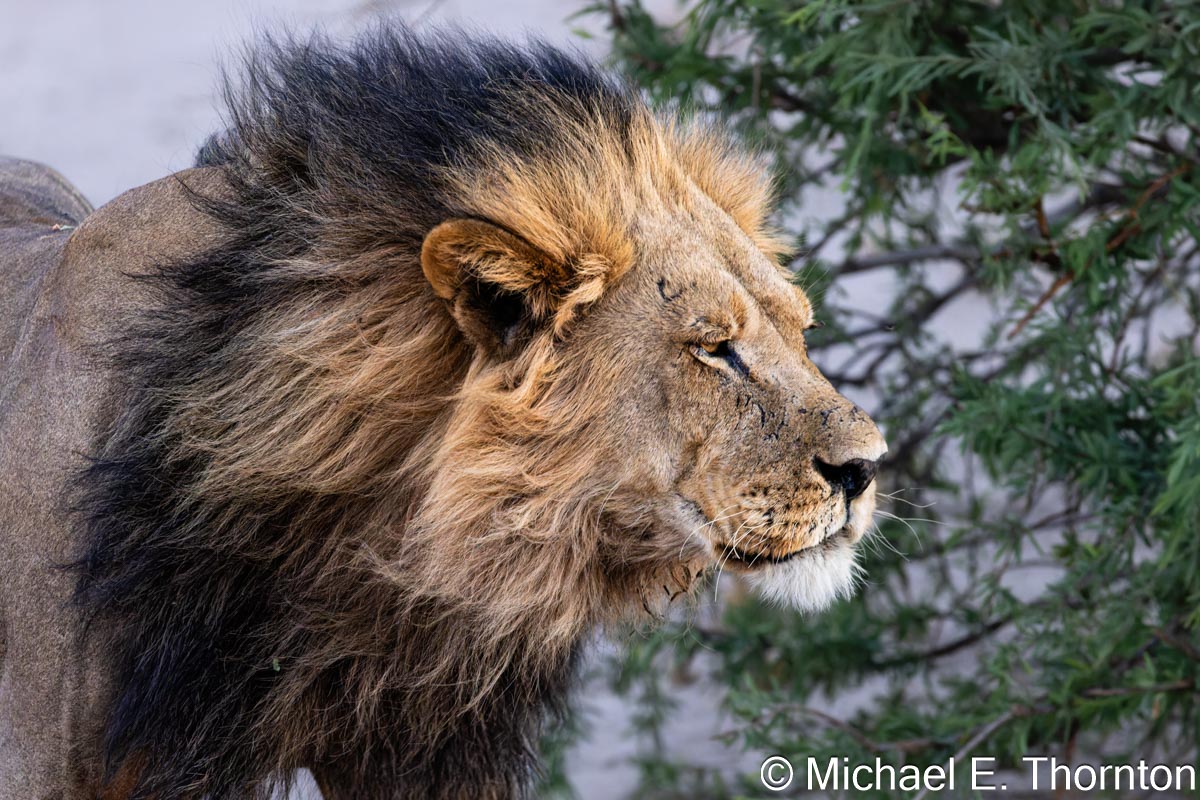
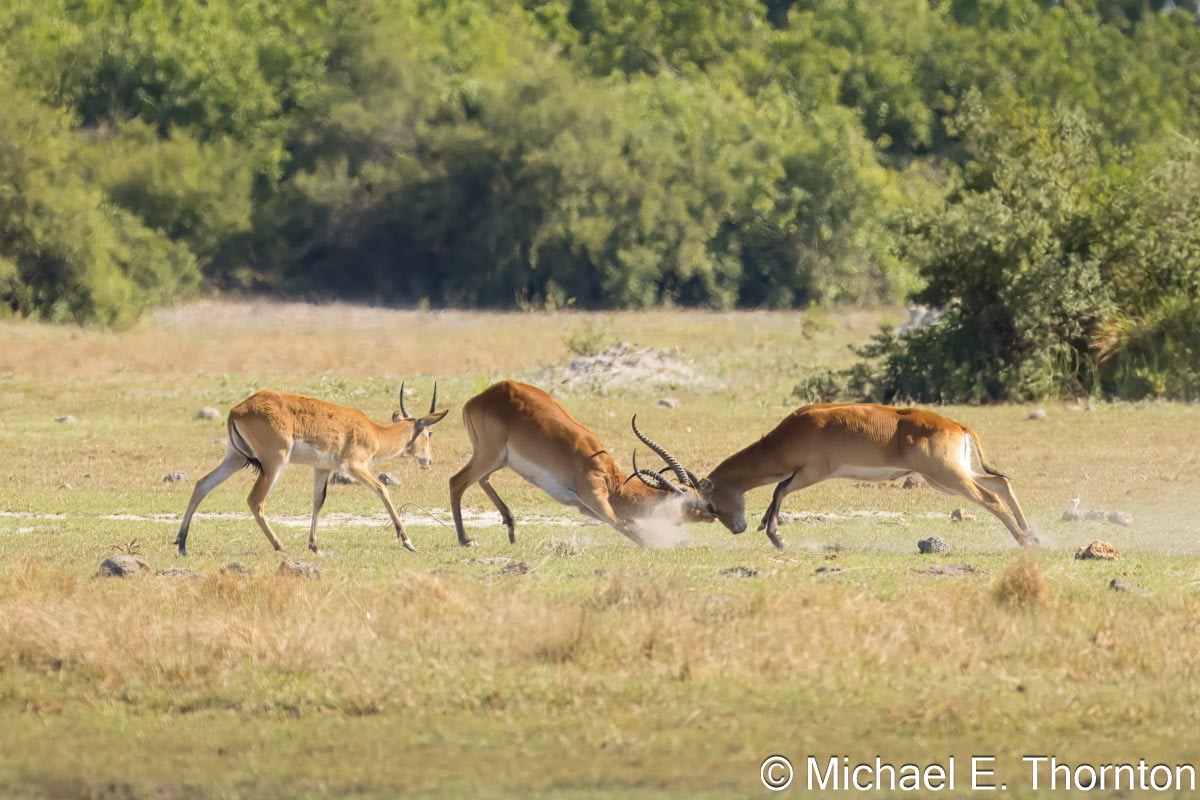
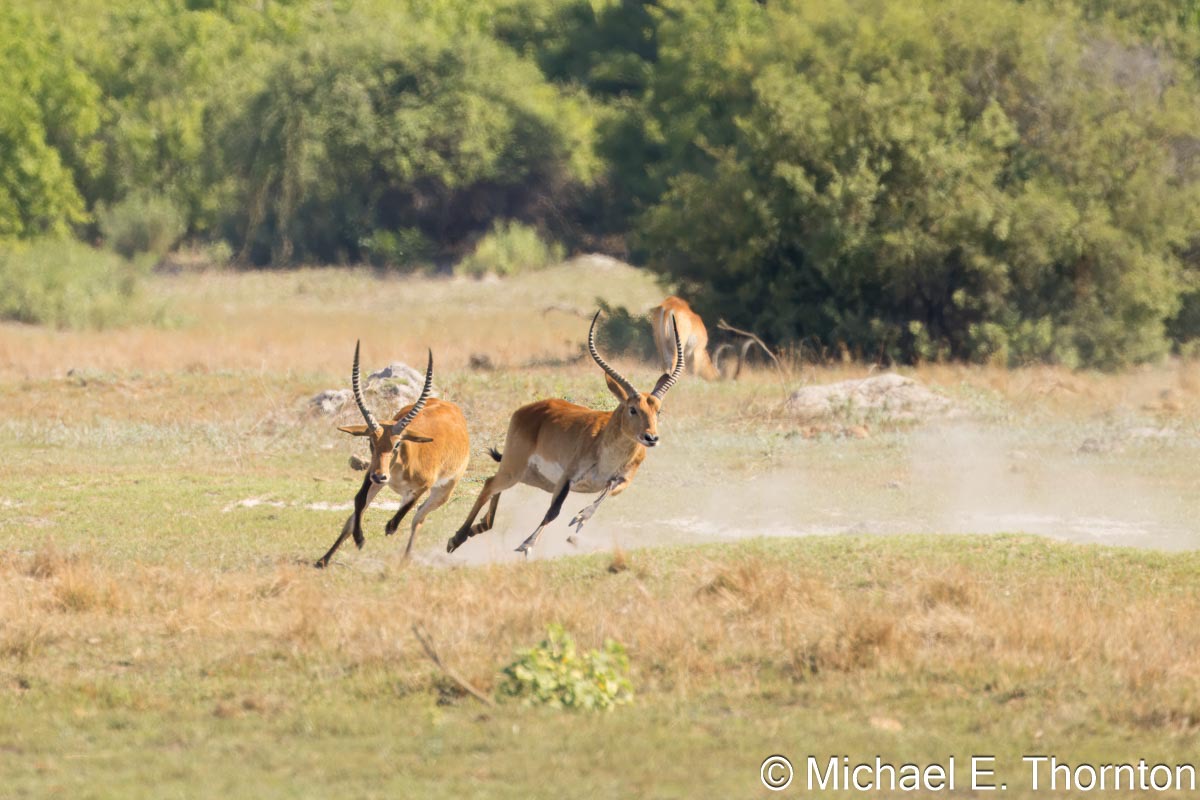
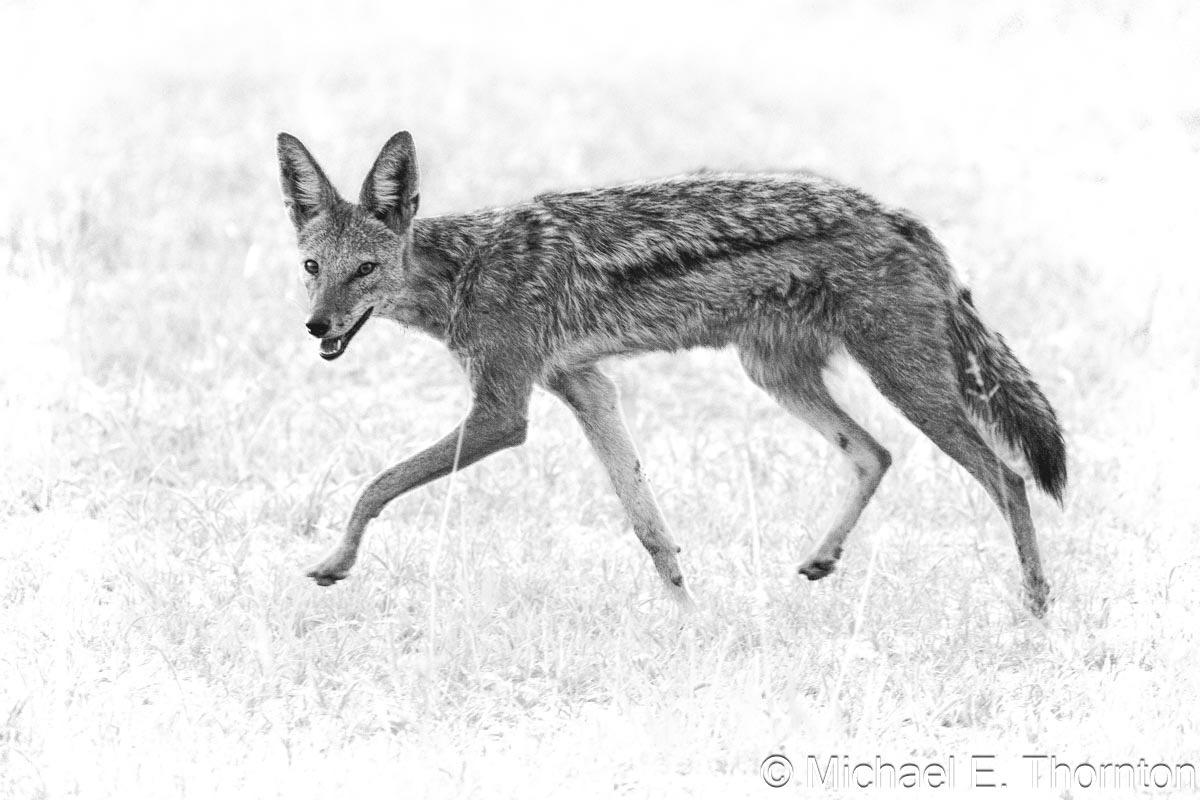
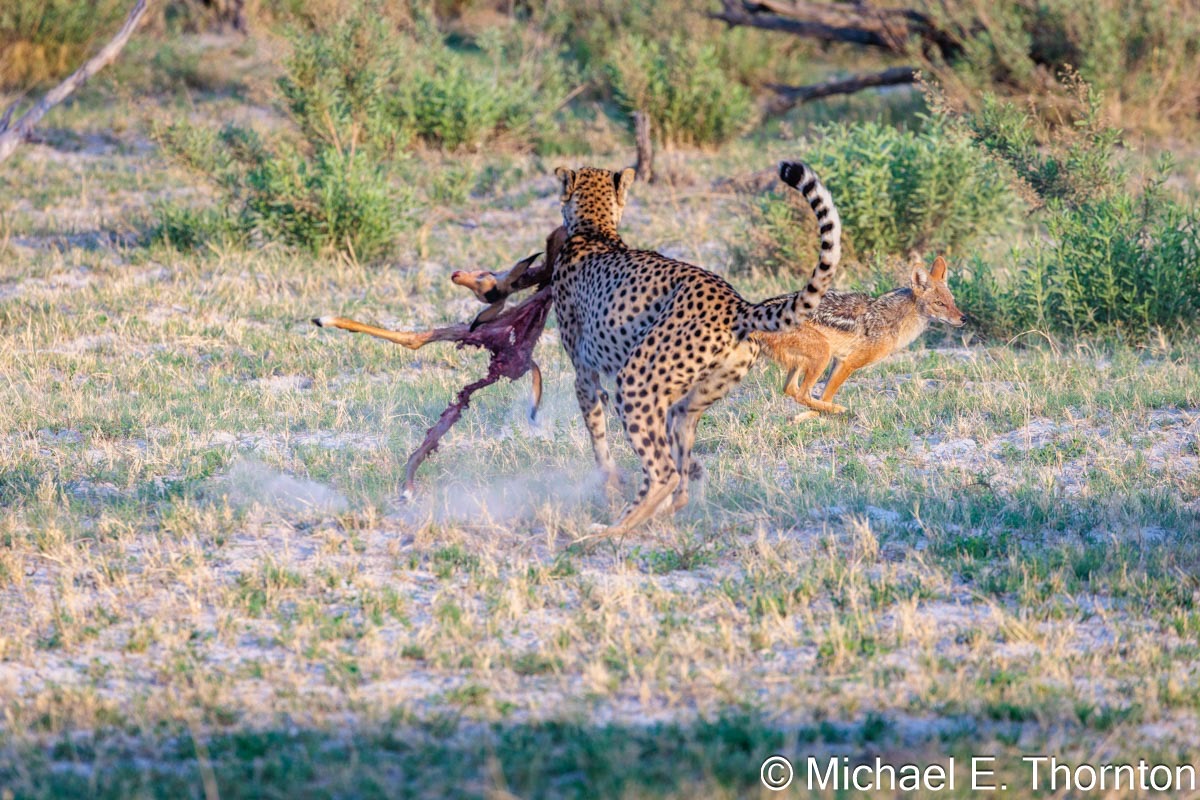
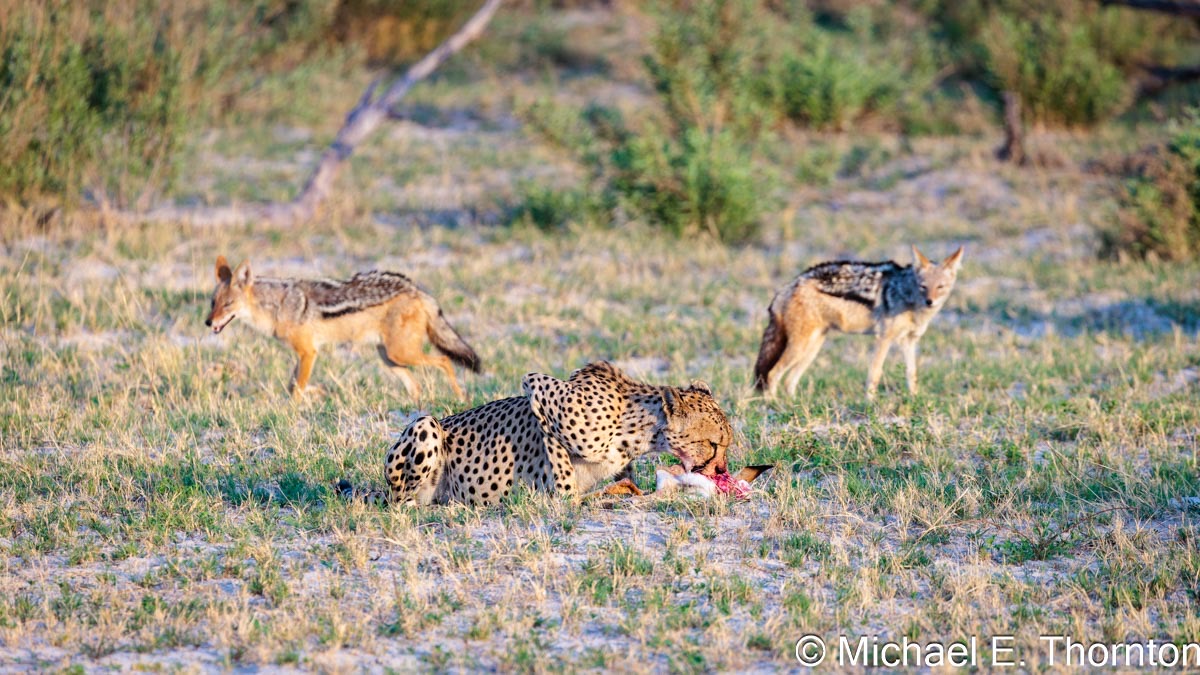
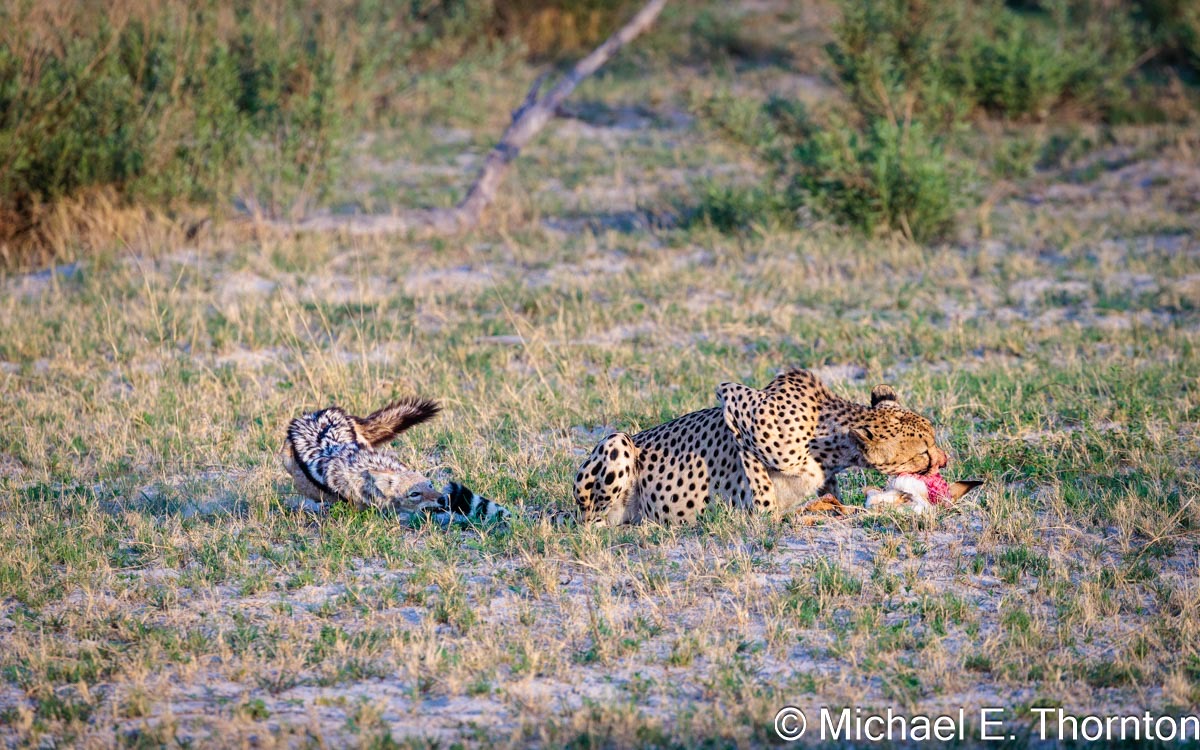
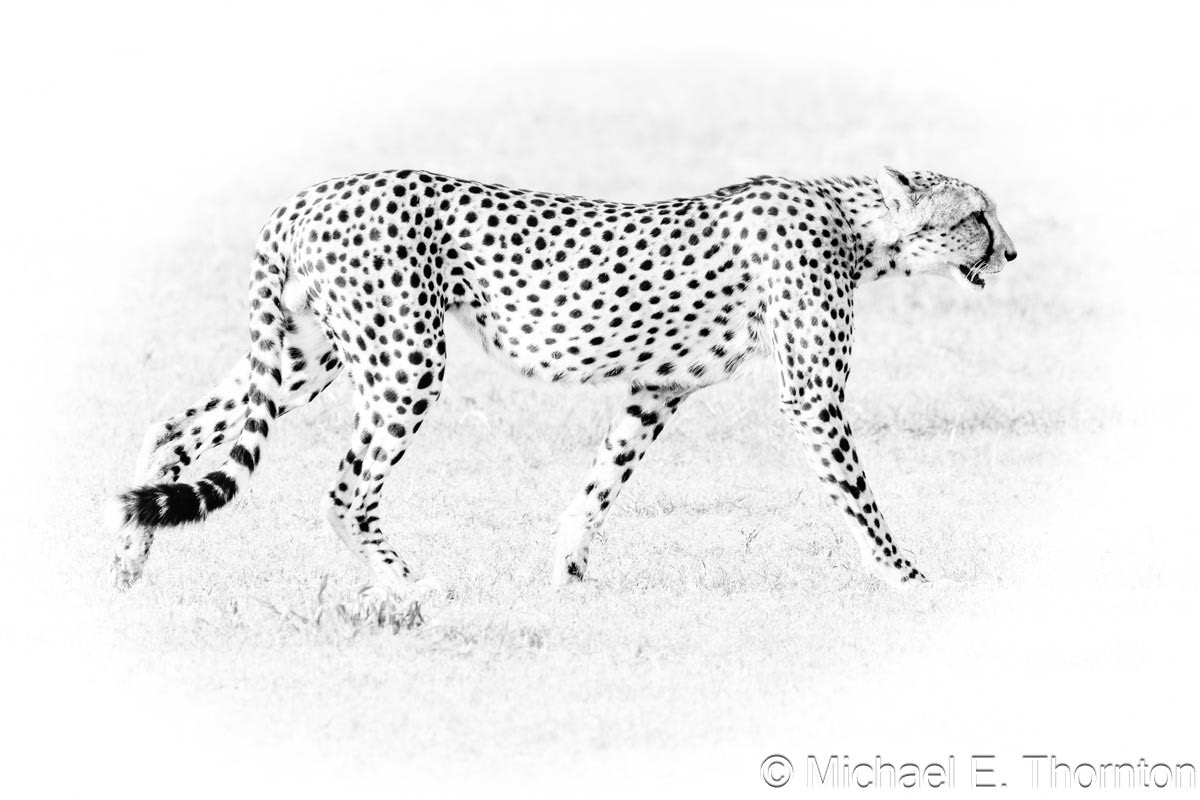
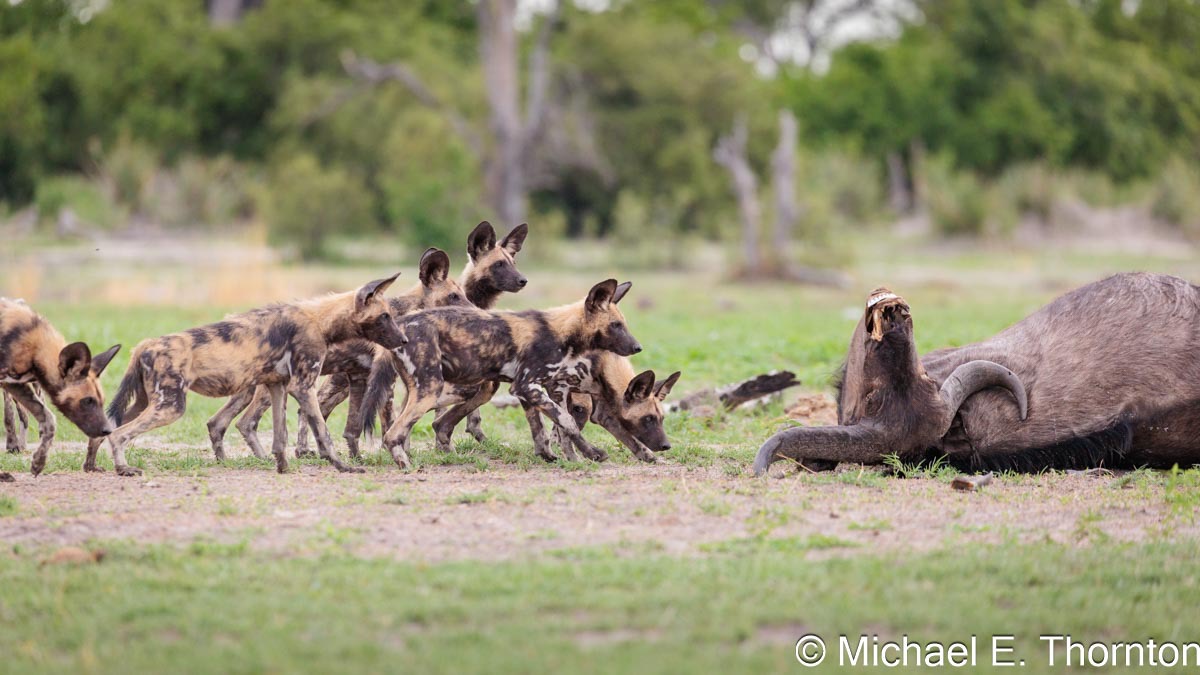
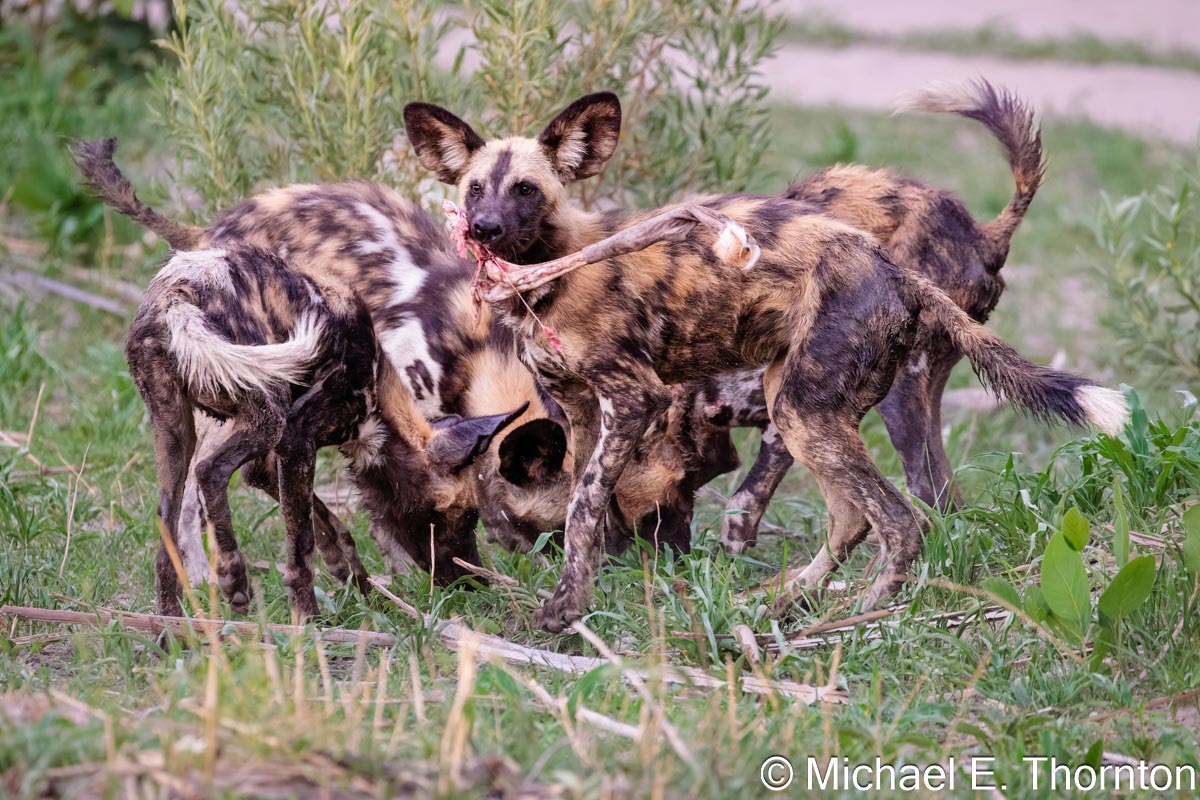
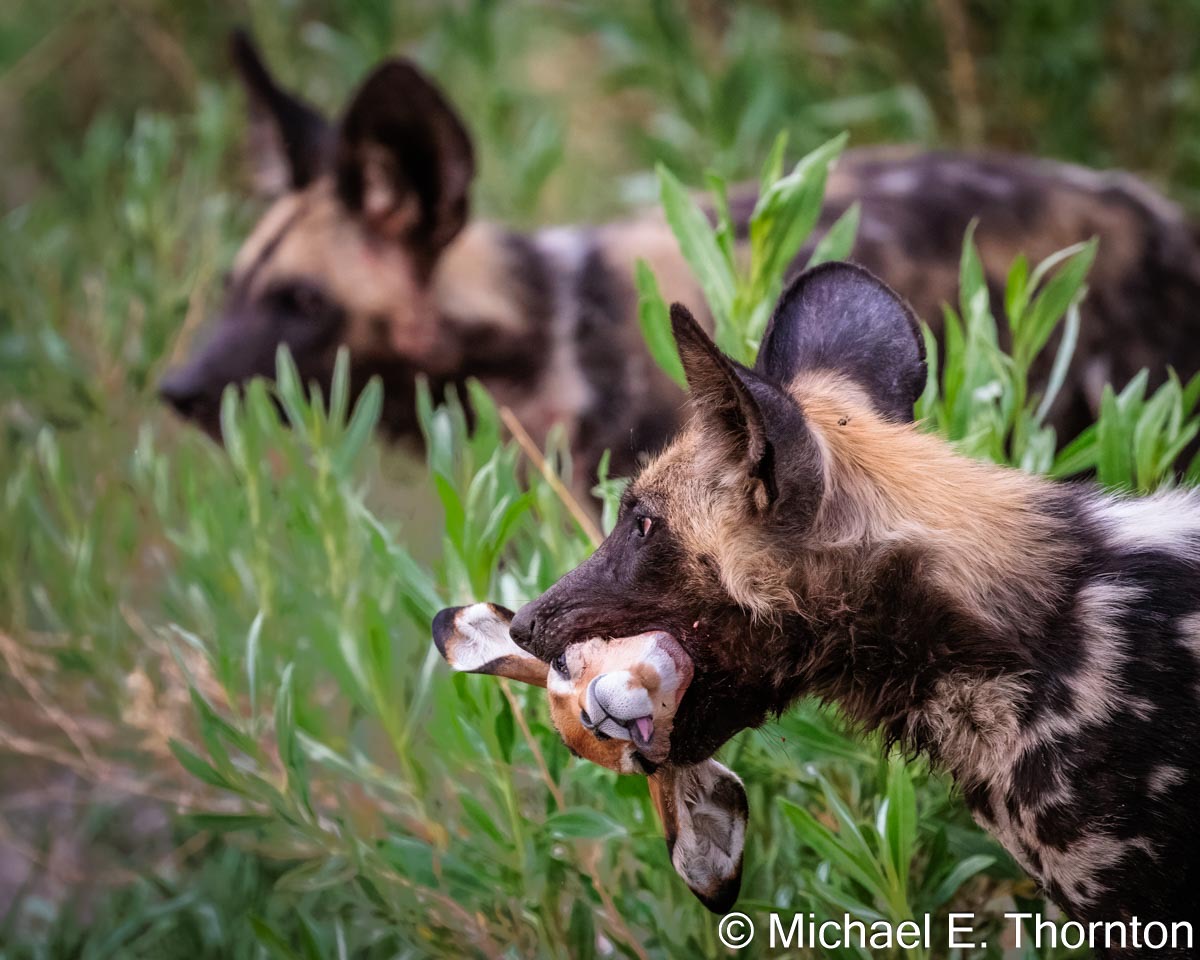
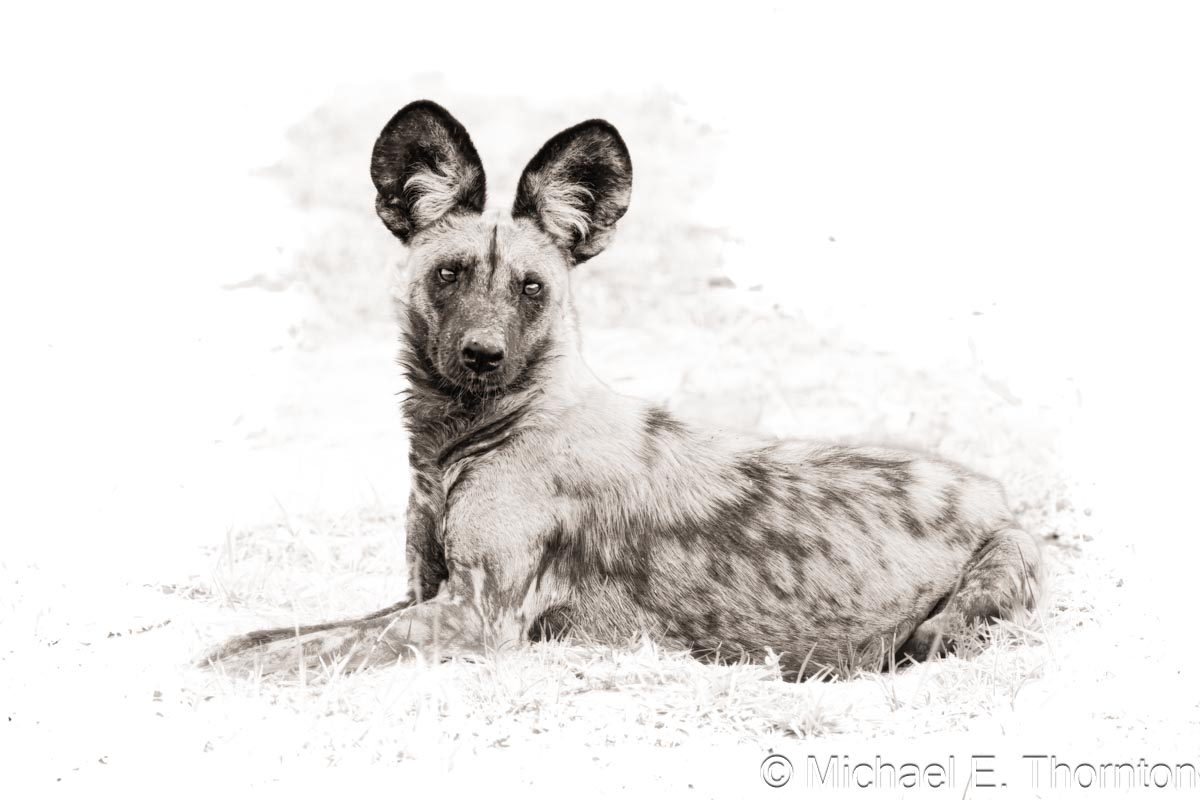
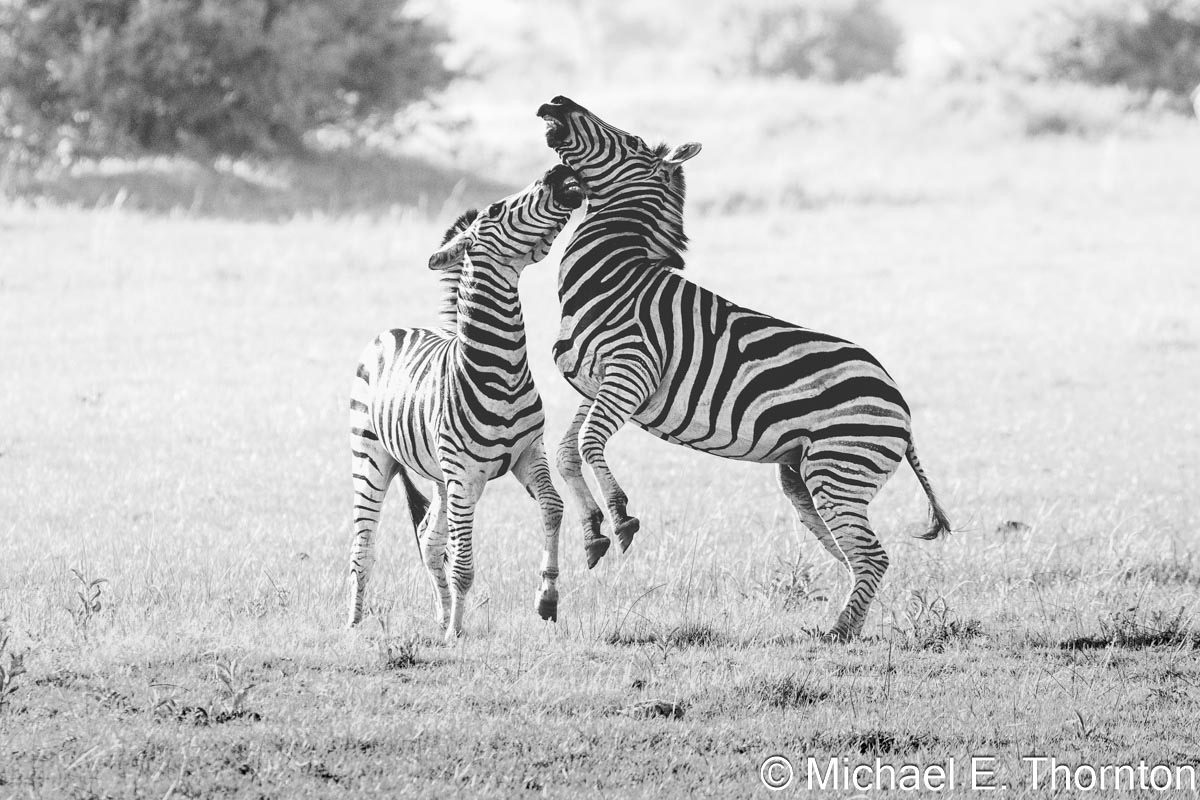
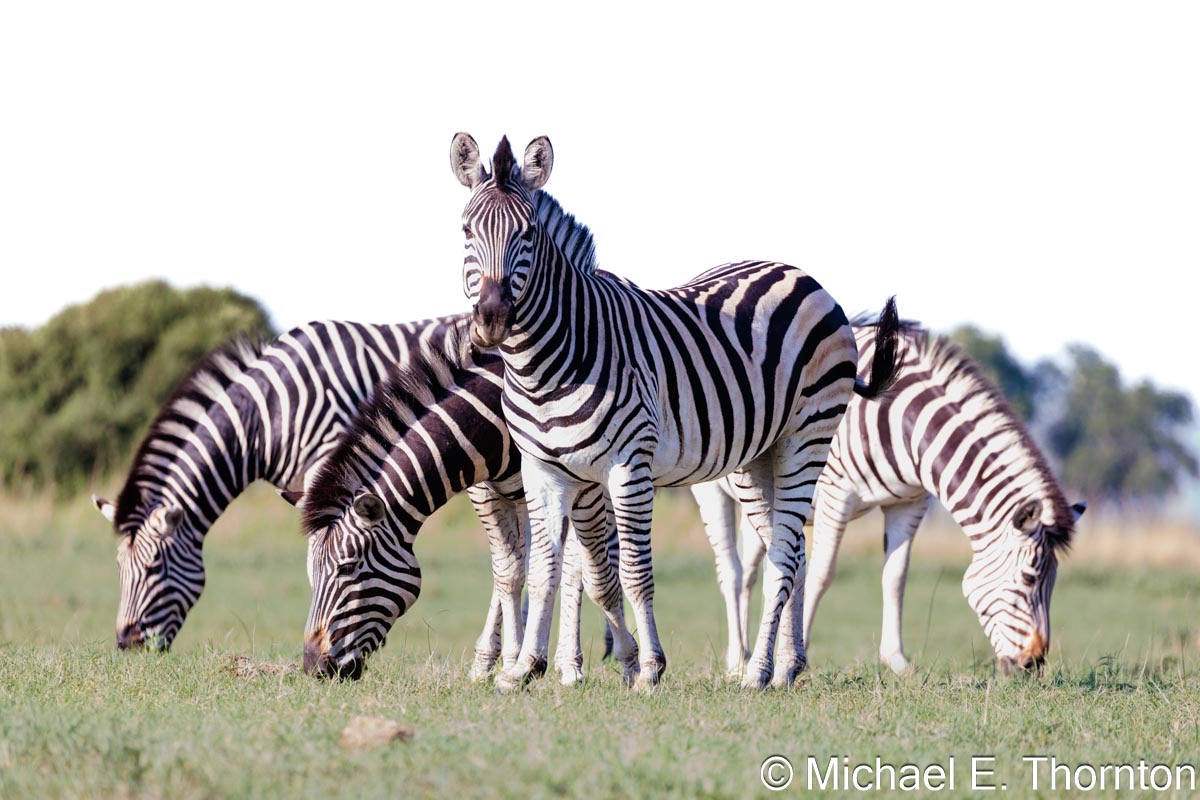
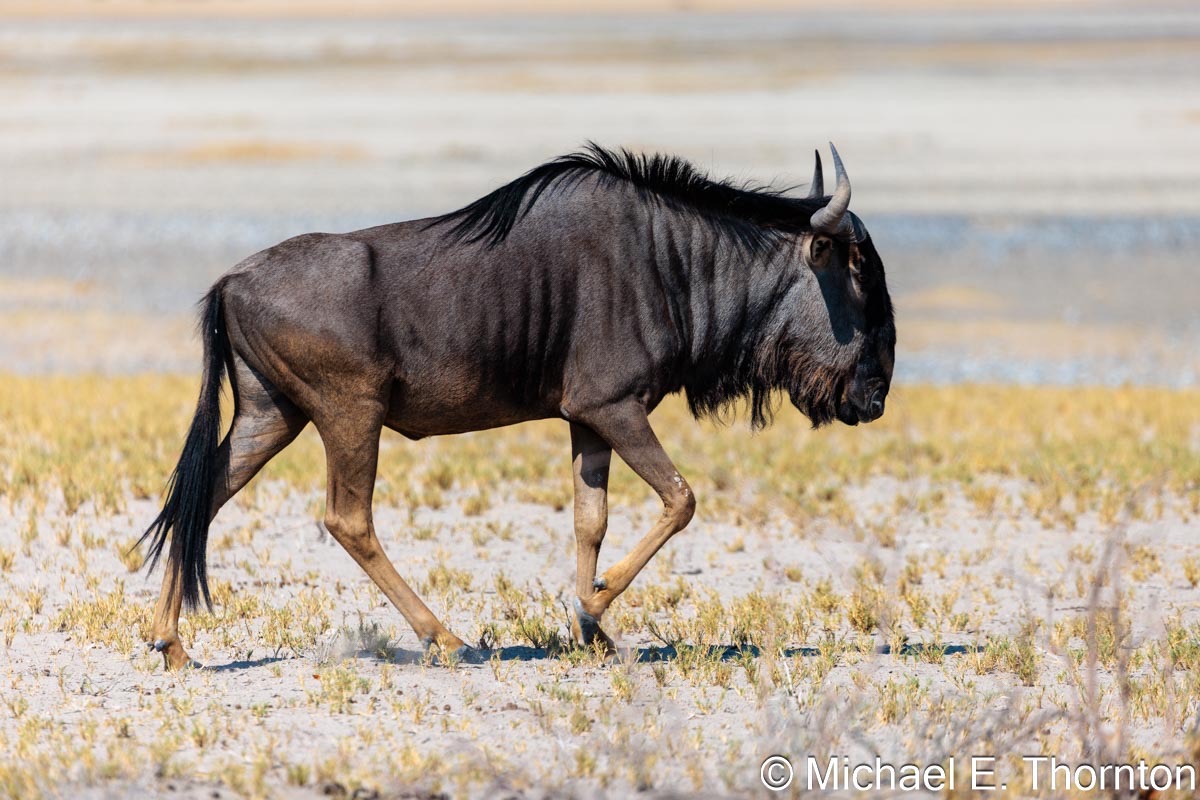
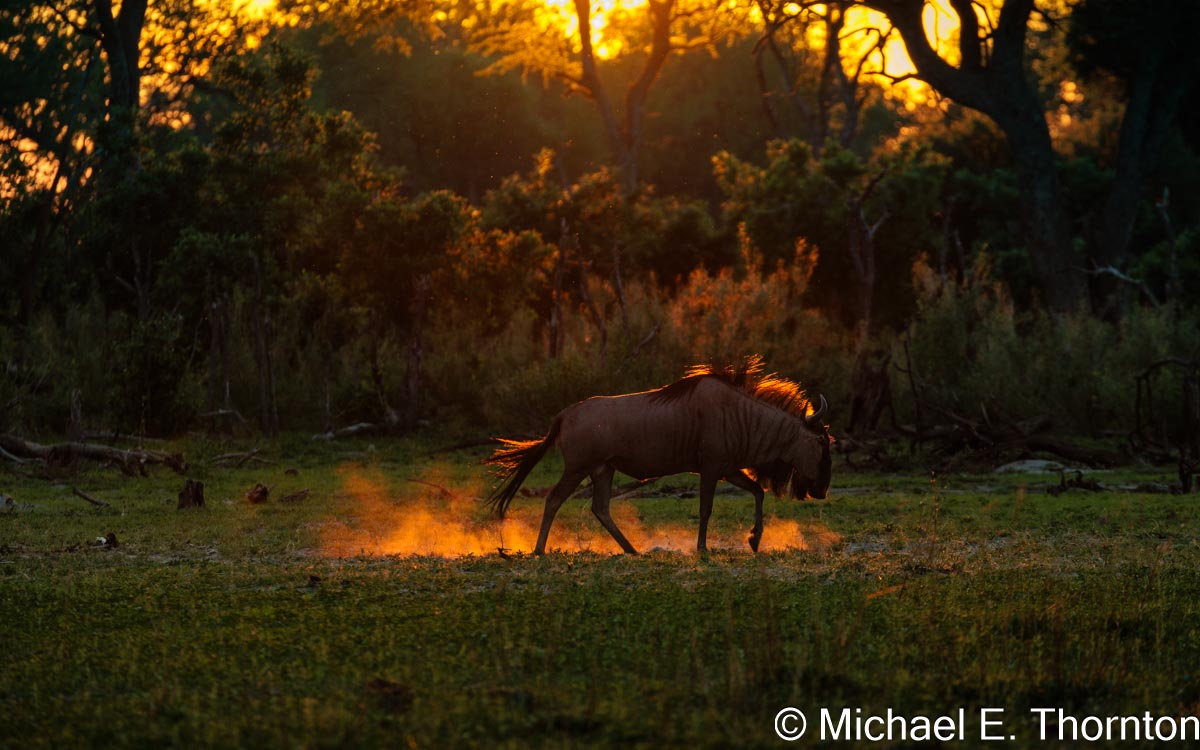
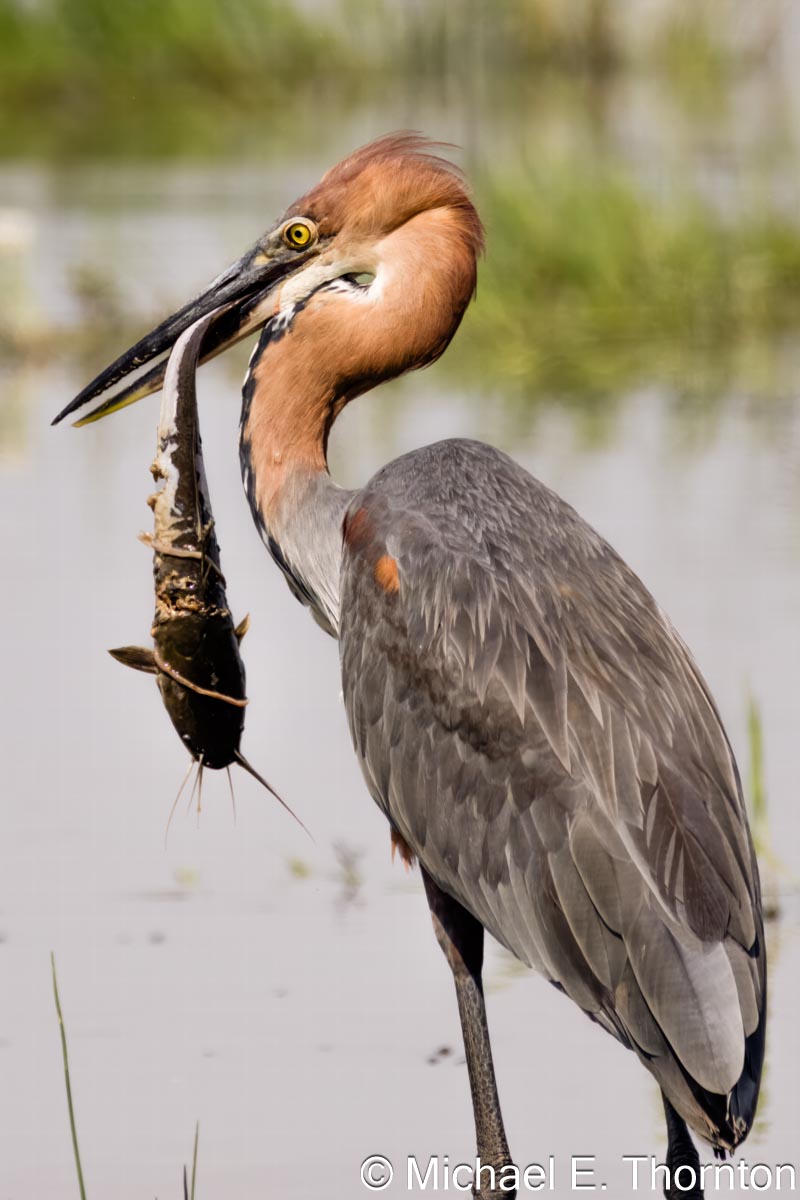
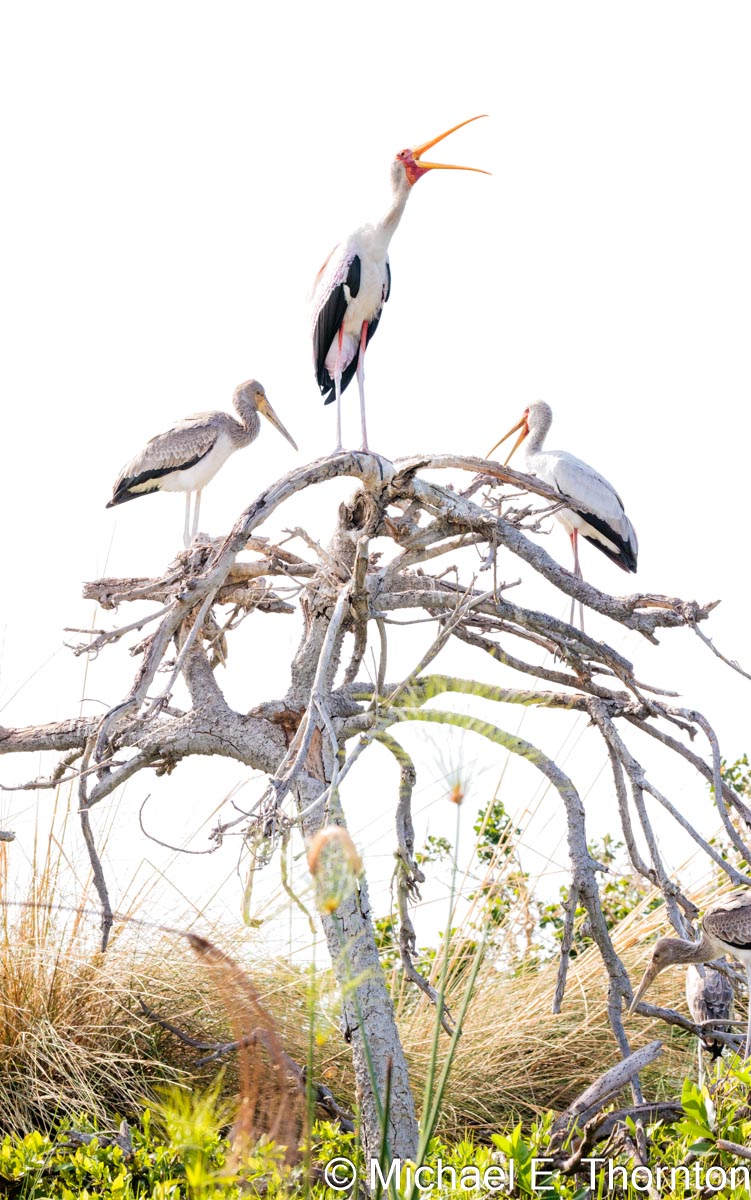
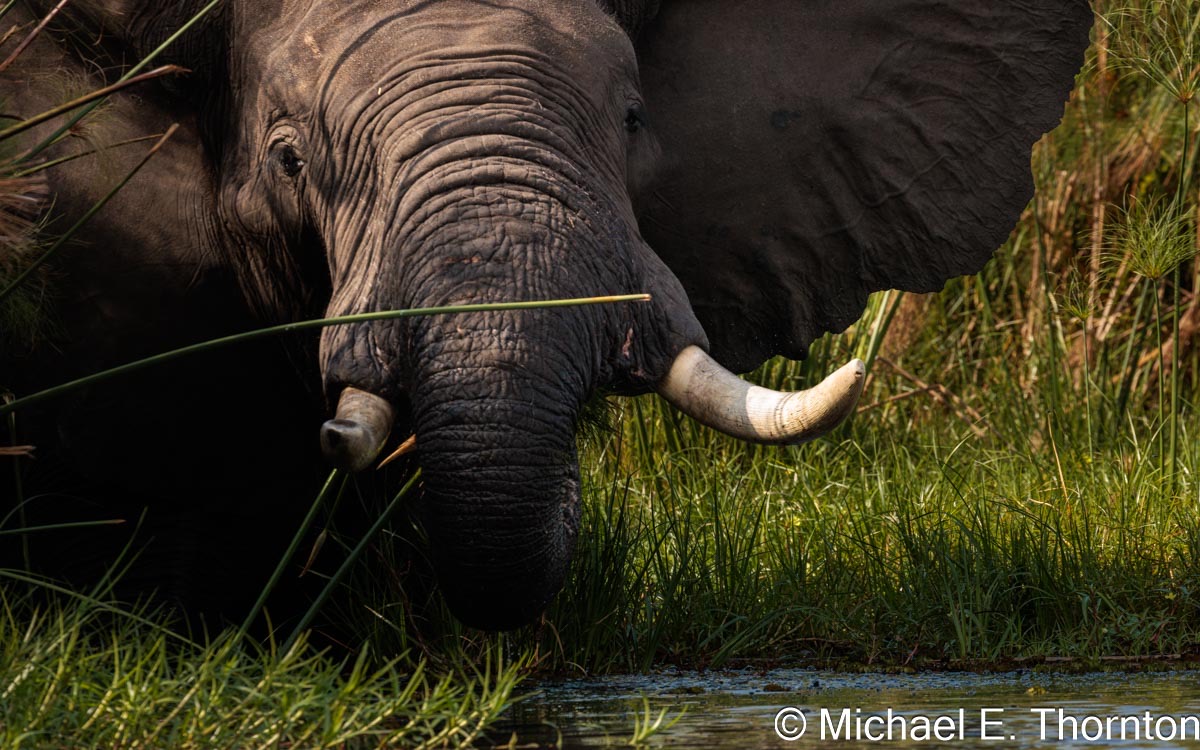
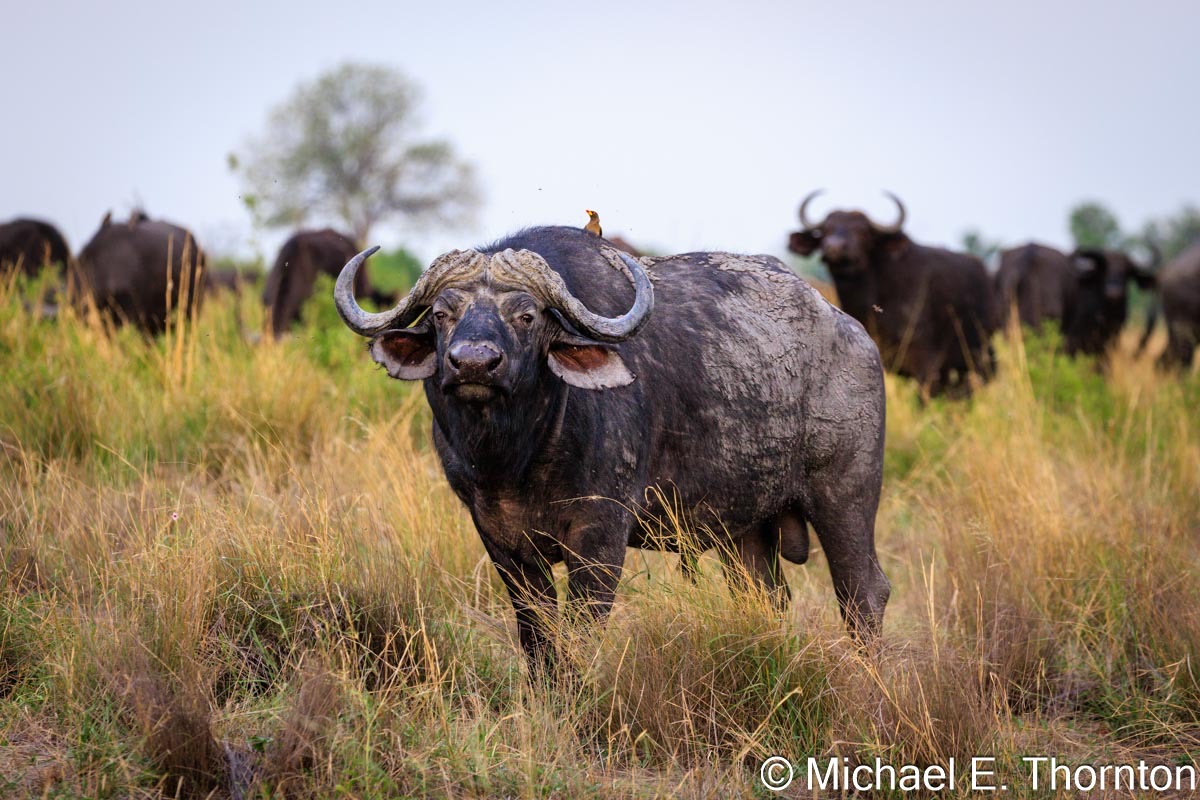
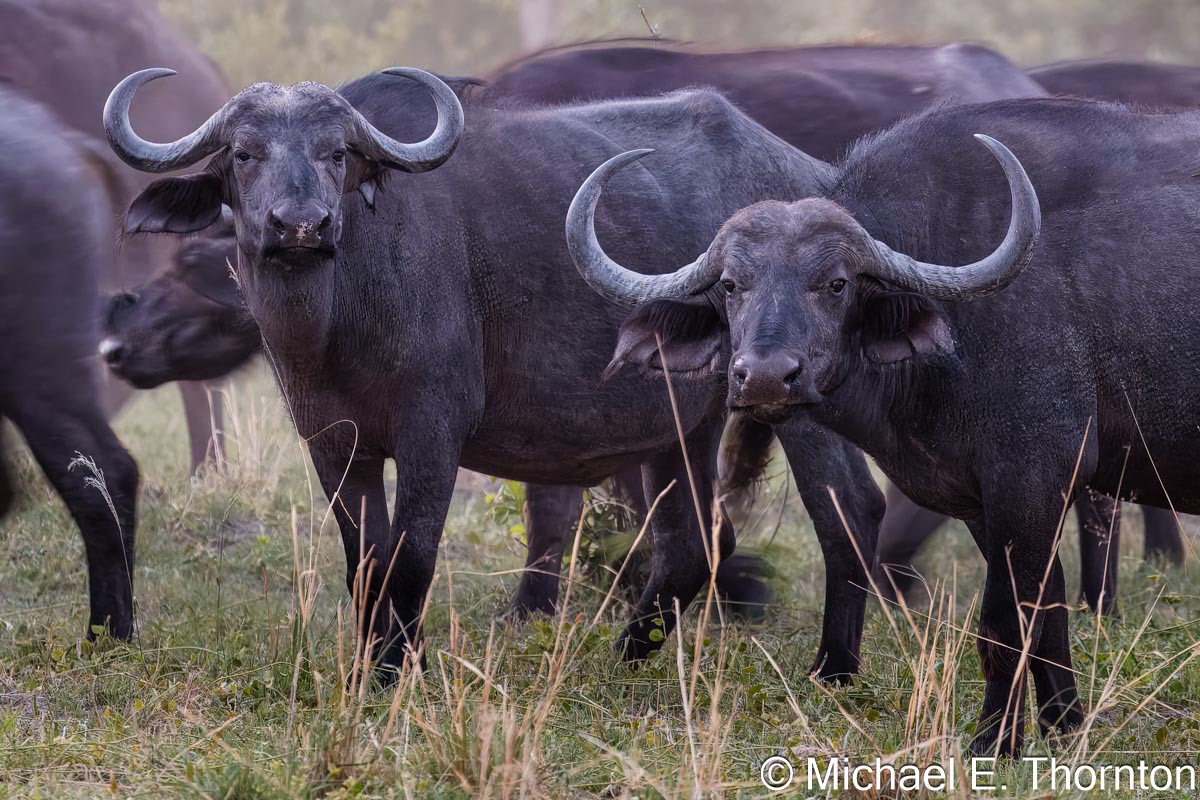
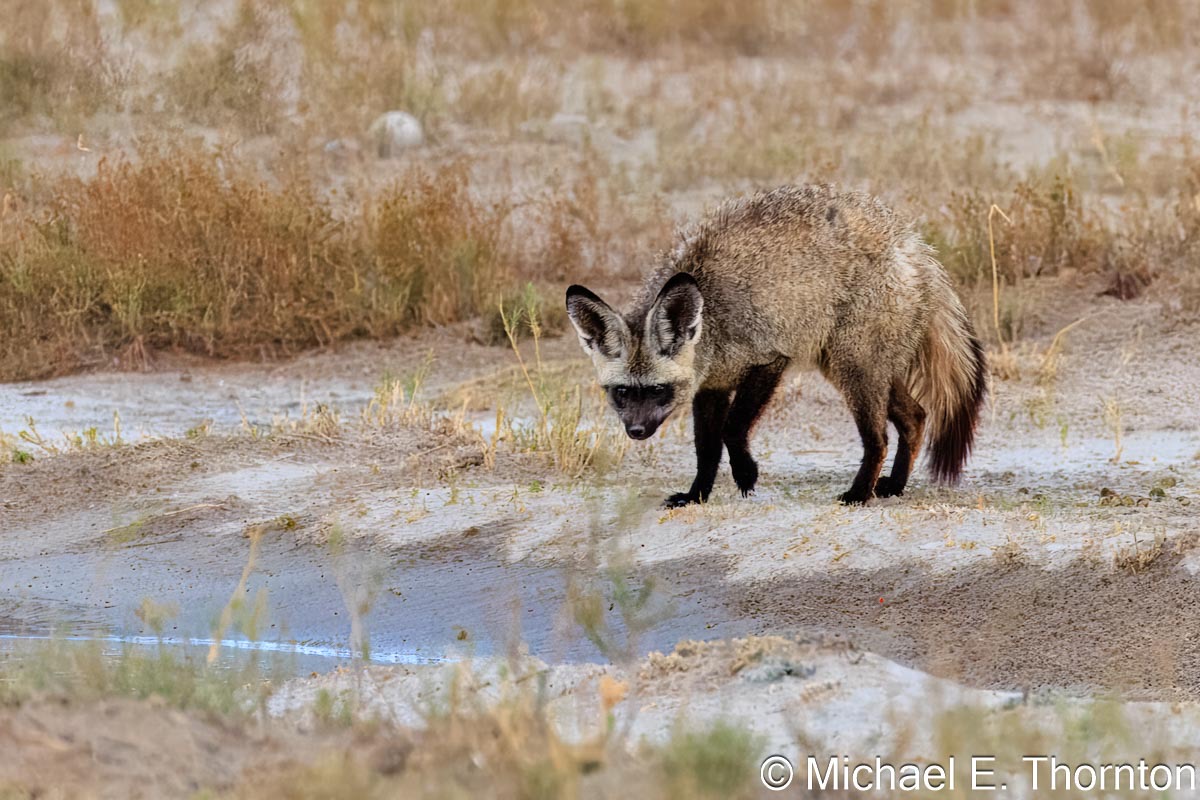
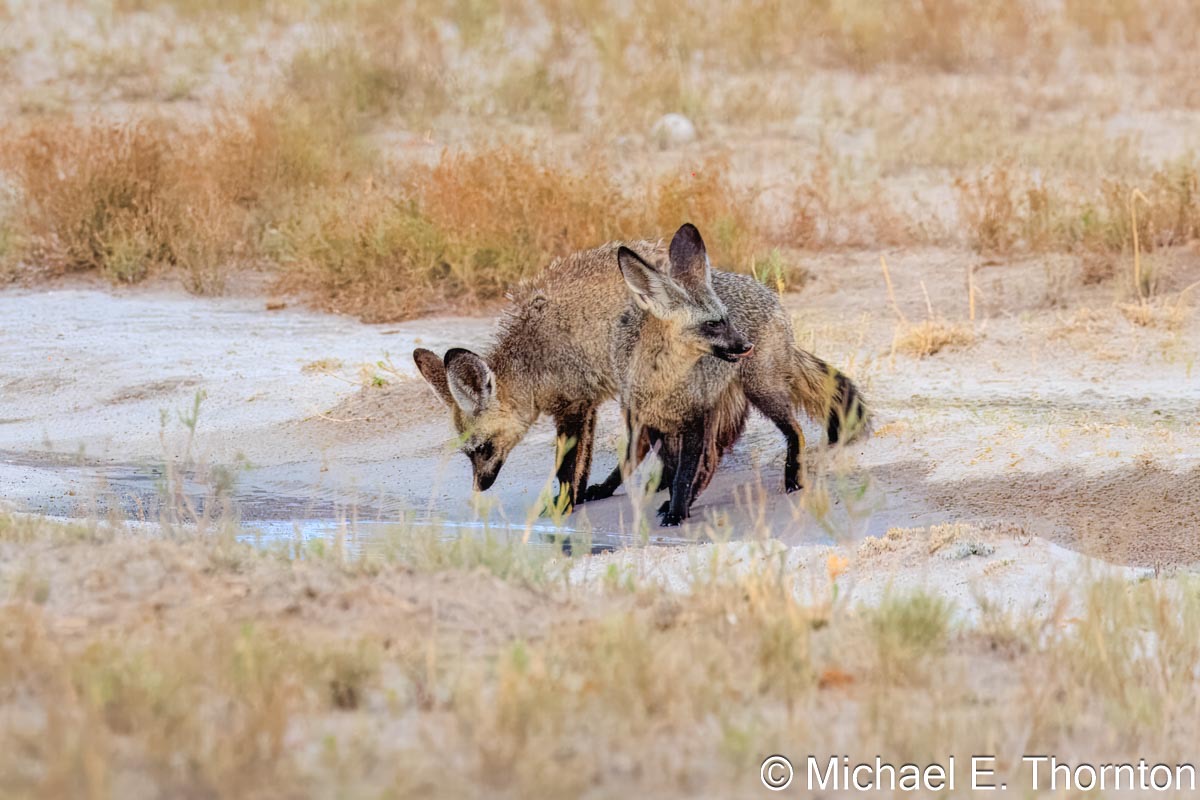
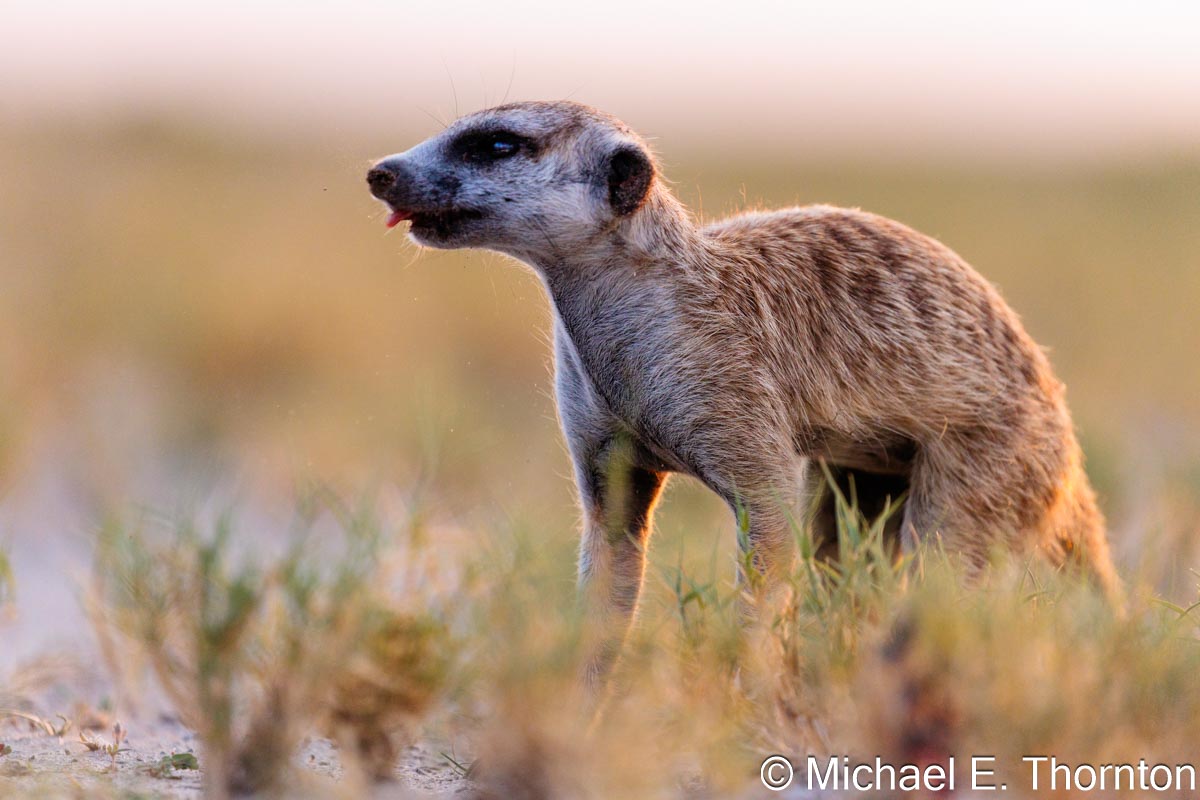
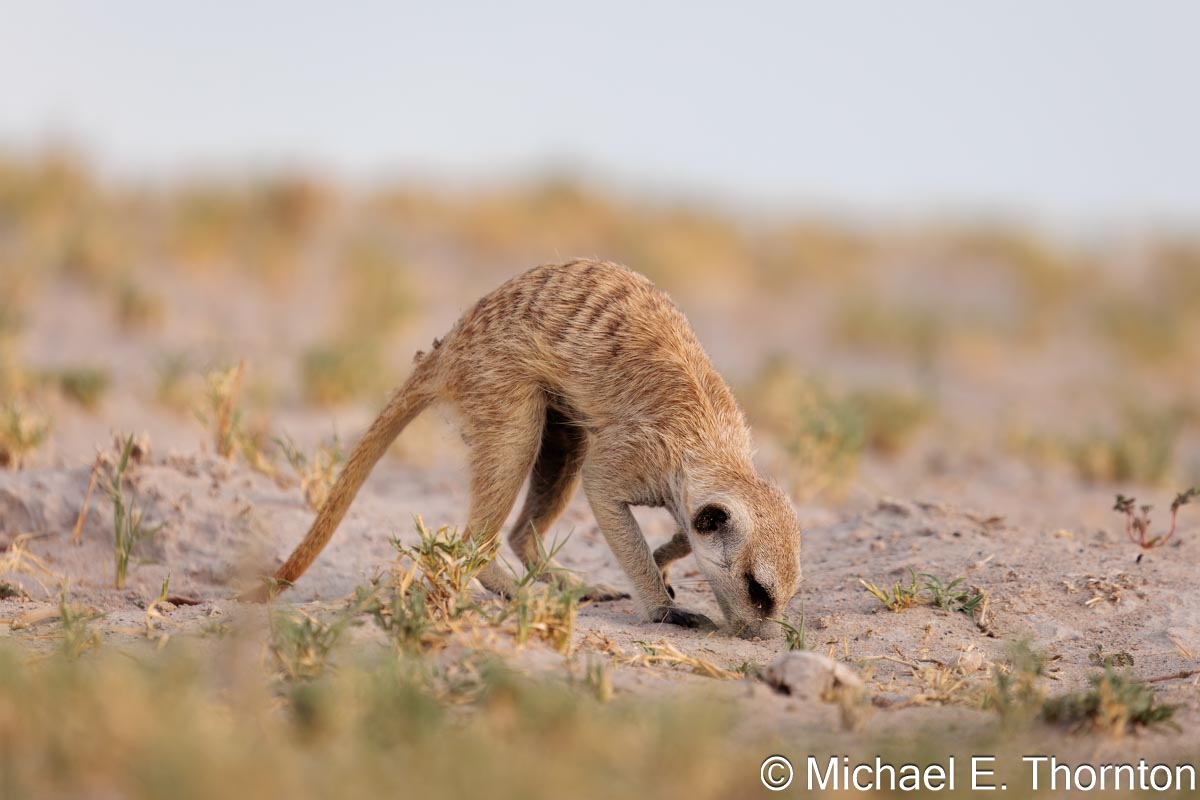
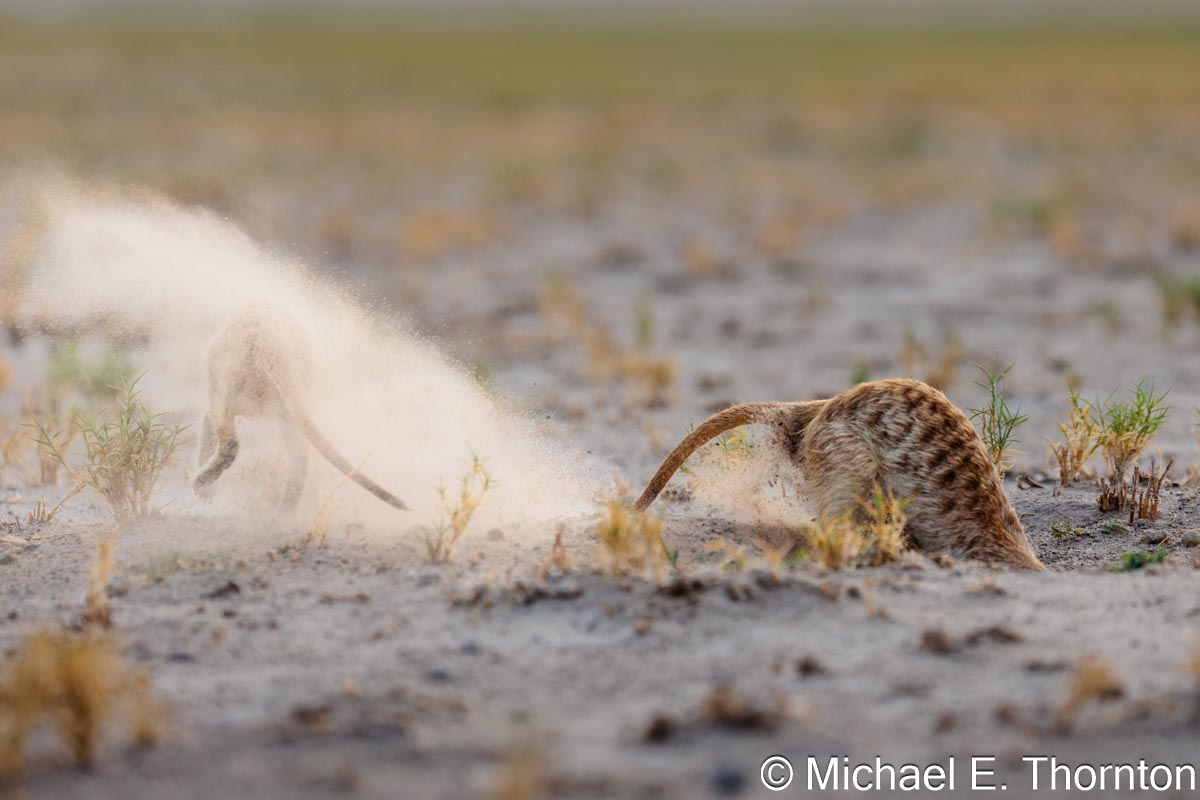
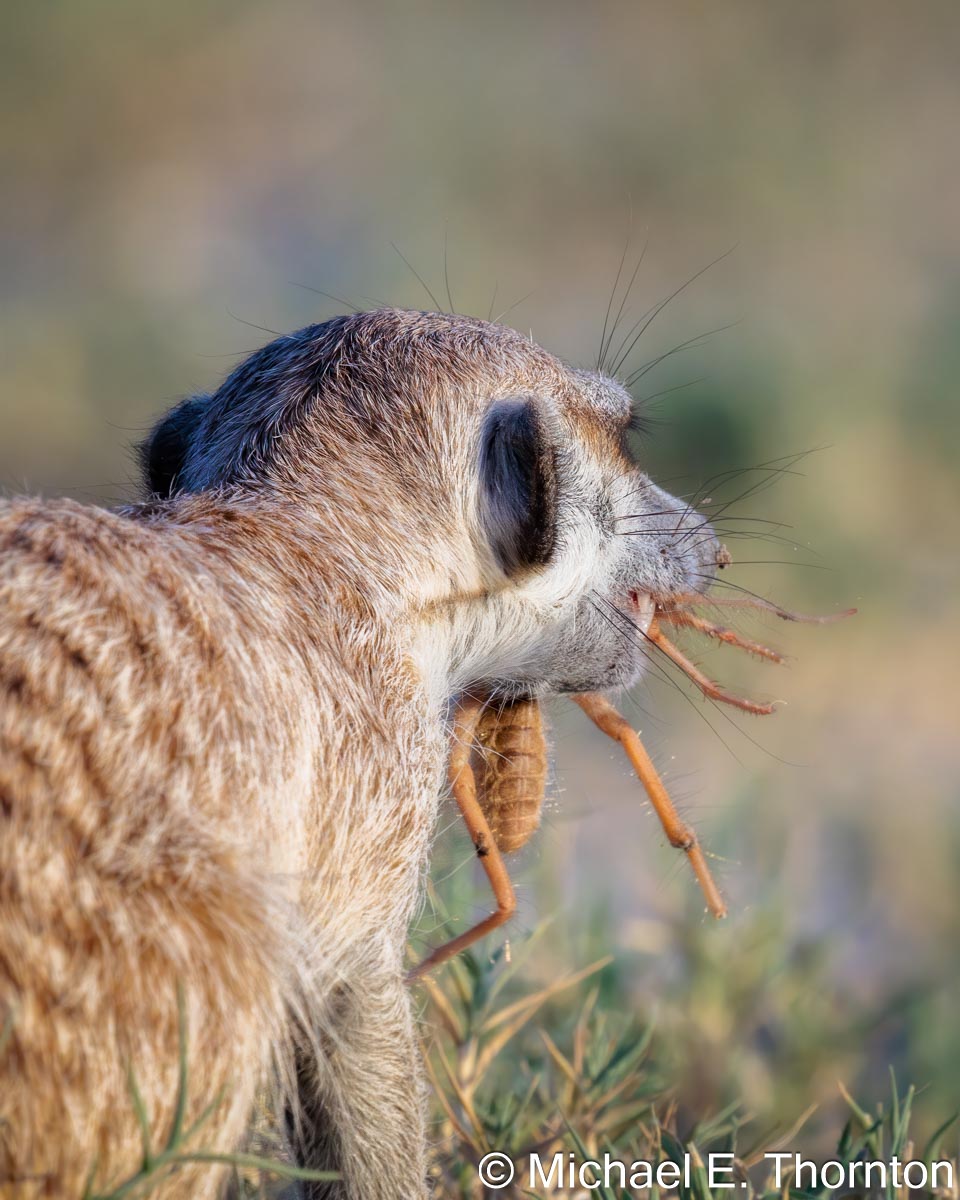
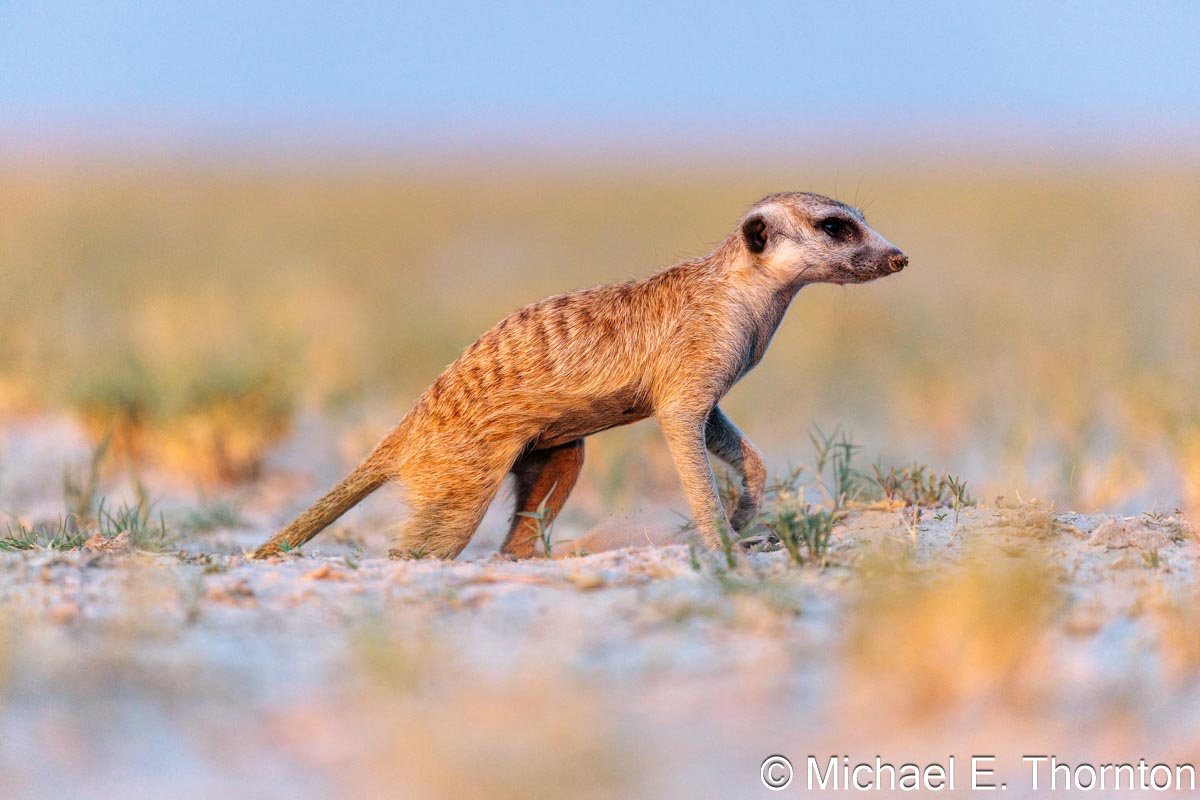
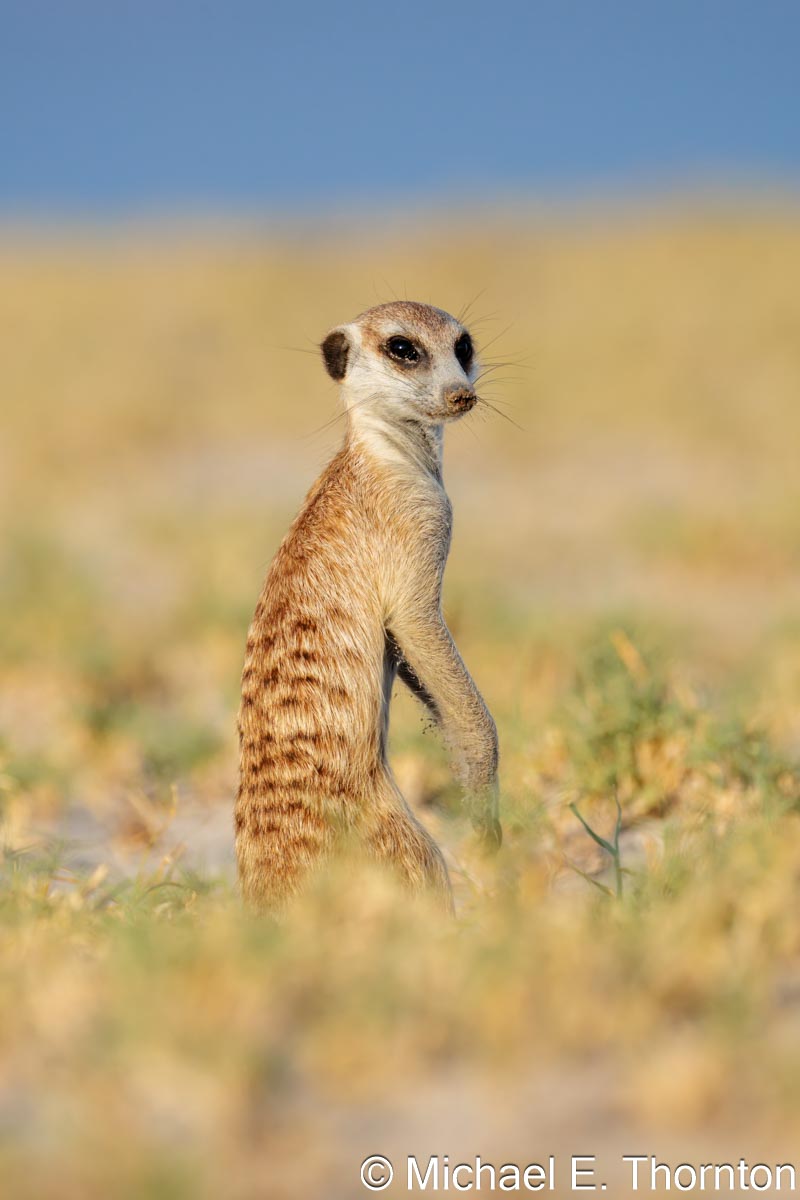
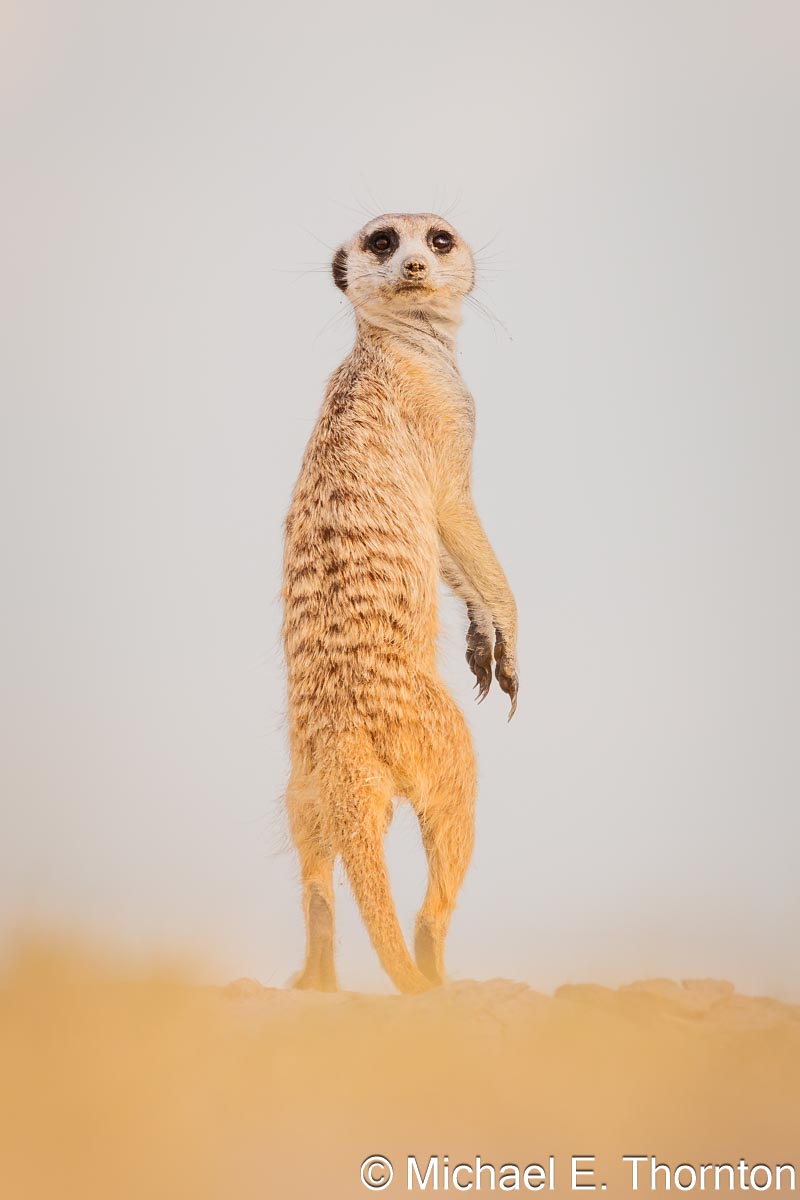
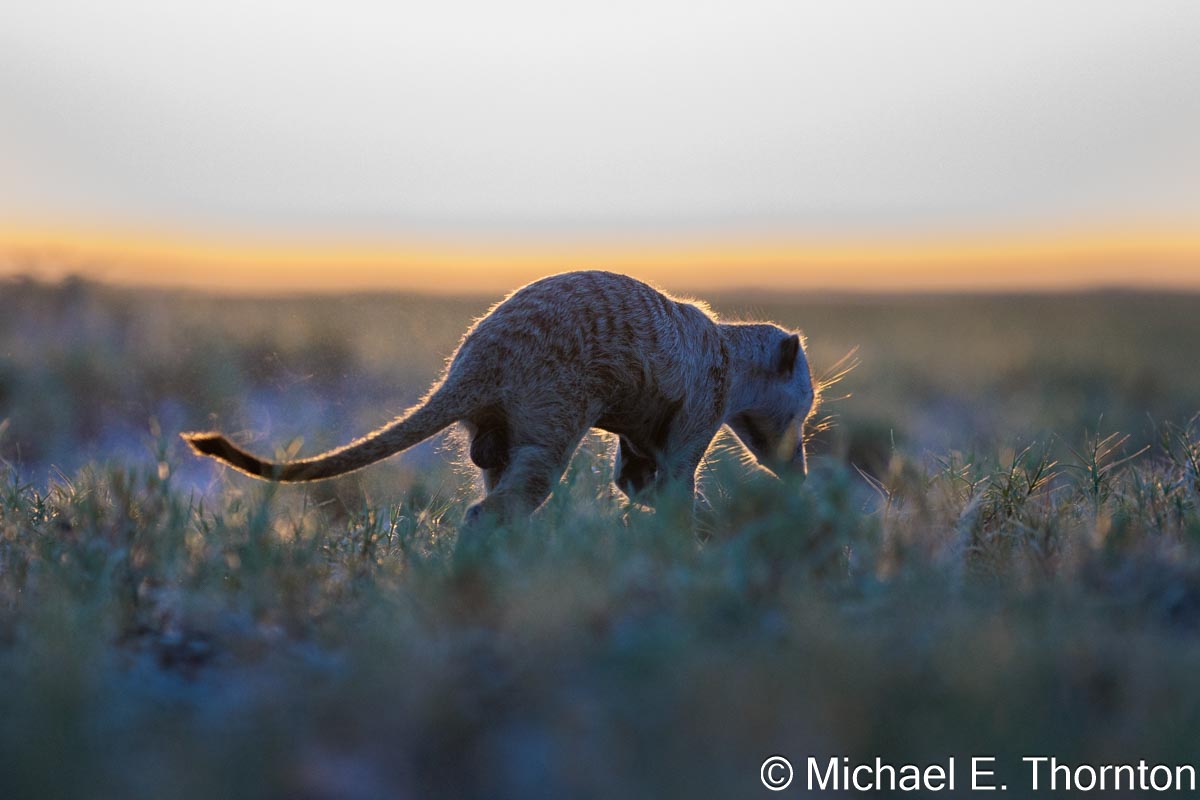
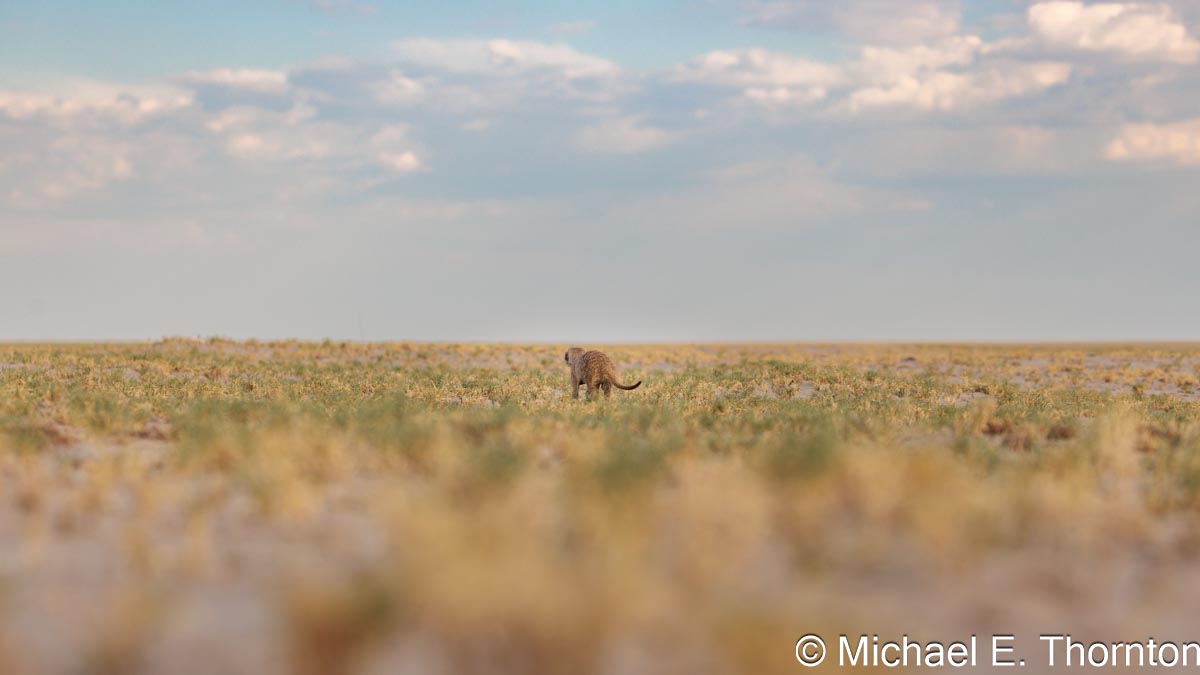
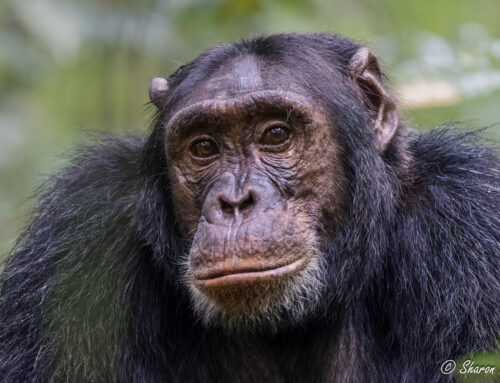
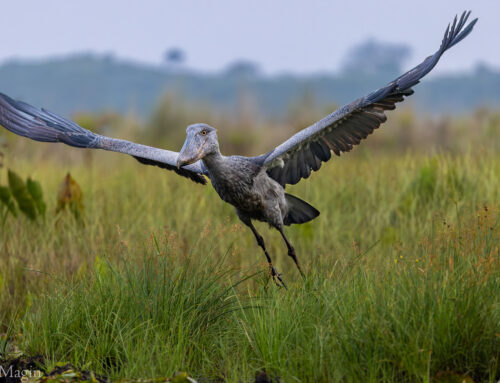
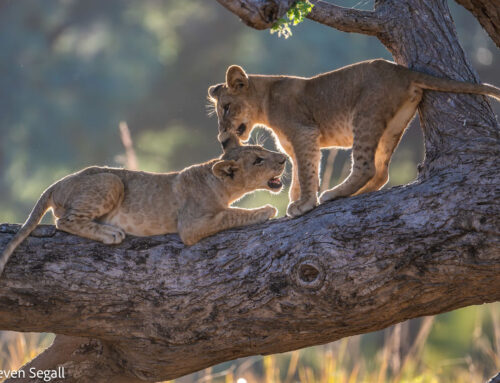
Leave A Comment